Endo is set on the eight floor of The Helios building, part of the redevelopment of the huge BBC Television Centre site in White City. Endo opened in April 2019 and is a small sushi restaurant, with the food operation (“cooking” doesn’t seem quite the right word for sushi) headed up by Endo Kazutoshi. He was previously in charge of sushi and more at the wildly successful Zuma in Knightsbridge, and briefly worked at El Bulli back in the day. His grandfather was a sushi chef in Yokohama, and he moved to the UK in 2007.
The dining room is simple but attractive, with a wooden counter and windows all around, looking out from the eighth floor over the surrounding area. Admittedly the view is over White City and Shepherds Bush rather than, say, the skyline of central Paris along the Seine, but you can’t have everything. You gain access to Endo but going to the door of the Helios building, where a greeter escorts you to a lift that whisks you directly to the restaurant. There is also a pleasant outdoor terrace where you can have a drink first. The menu costs £180 for a lengthy no-choice (“omakase”) menu and you have to pre-pay this in full in advance. On the night you settle up just for drinks, with a 15% service charge added to the overall bill. The main counter seats 16 diners, and there is a separate one with an additional ten seats that was used as a bar tonight, but could also be used as overflow seating.
There was a short wine list and also a list of sakes, complete with a sake sommelier. I would particularly recommend the Shuhari Yamadanishiki from Kyoto, which has been made by the Matsumoto Sake Brewing Company since 1791. This was excellent, with real elegance and balance. Alternatively, or indeed in addition, there is Kirin beer. On the wine front, the list of 33 wines ranged in price from £50 to £988 with a median price of £105. The list had an average mark-up of 3.25 times retail price, which would seem excessive in Mayfair, never mind in White City. Sample labels were Willi Brundlmeyer Gruner Weltliner Kamtal Terrassen 2018 at £55 for a bottle that you can find in the high street for £12, Domaine Louis Michel Chablis Forets Premiere Cru 2015 at £90 compared to its retail price of £32, and Les Charmottes Domaine Chicotots Cote de Nuit 2015 at £130 for a wine that will set you back £49 in the shops. If you have the means, then you could indulge in Puligny Montrachet Les Folatieres Louis Jadot at a steep £333 compared to its retail price of £89, and Vega Sicilia 2006 at an excessive £988 for a bottle whose current market value is £374.
A lot of sushi restaurants in London use cheap “wasabi”, in fact coloured horseradish and mustard from a tube, but not here. The chef started by freshly grating a wasabi root sourced from near Mount Fuji. It found it encouraging to see this, suggesting that the chef has an eye for detail and is prepared to pay for a premier ingredient. The rice is similarly sourced with great care, from the same farmer in Yamagata Prefecture that supplies Sushi Saito, the highest rated sushi restaurant in Tokyo. Even the water used in the rice cooking comes from Japan. Rice is served, correctly, at body temperature, when so many London sushi bars serve theirs fridge cold. Indeed the temperature of the rice and indeed some other ingredients, was precisely measured by the chef using a nifty infra-red thermometer. Fish is sourced mostly from the UK rather than being imported from Japan. In particular the chef works with a couple of fisherman in Cornwall who have been trained to kill the fish in the “ikejime” manner, whereby a spike in the brain instantly kills the fish, preventing the release of lactic acid. All fishermen in Japan use this method but it is rare indeed in the UK, and demonstrates the degree of care that the chef here has about his fish.
After an initial clear soup flavoured with bonito flakes and tuna flakes, the sequence of seafood dishes began. As is my custom with sushi restaurants, I will not score every individual bite. First up was a seaweed roll filled with a mix of lean tuna, belly tuna and tuna cheek. This was delicious, the seaweed casing extremely delicate, the seasonings of the tuna being spot on. It turned out that the nori rolls were made from scratch in the kitchen rather than bought-in. The akami tuna had been aged for ten days, the belly for seven days, and the balance of flavours was spot on.
This was followed by a little Miyazaki A4 grade wagyu, which was lovely. Next was a “sandwich” of fried bream with a little slice of fried bread. The fish was prepared in the “kobujime” style whereby the fish is preserved between layers of konbu (edible kelp). The fish itself was line-caught in the waters off France, and was accompanied by a sauce made by a reduction of red vinegar, whose sharpness worked well with the richness of the other elements.
A regular sushi course was next, line-caught sea bass from France. This was followed by Cornish monkfish tempura with pied a mouton mushrooms and a pleasant soy sauce. Next was an interesting version of smoked salmon, here using salmon from the Isle of Mull, smoked in a box for just 30 seconds and then served as sushi. It is easy to over-smoke fish but this was spot on. Just before the salmon was served there was a little salad of regular and golden beetroot from Essex along with Isle of Wight tomatoes.
Next came grilled squid from Portugal, which was tender enough though not quite in the league of the very best squid that you see in Japan, for example at Sushi Saito. This was accompanied by an aromatic Japanese herb called kinome, which was actually grown by a Japanese farmer in East Sussex.
Belly tuna (otoro) from Spain was aged for seven days and was served two ways. The first was as sushi. The second version was seared and came with girolles, an egg sauce and a garnish of Australian winter truffles. This was a particularly successful dish in my view, the tuna benefitting from the precise cooking and the accompaniments lifting it nicely. In between the two tuna dishes was a langoustine nigiri, the shellfish from Loch Fyne and delivered live to the kitchen. The langoustine had excellent natural sweetness.
Yellowtail was the only fish that was sourced in Japan, served with Japanese vegetables grown on the same farm in East Sussex and served with a rich broth. This was another very enjoyable dish. A seaweed roll was next, this containing a mix of Orkney diver-caught scallop and English caviar. This was followed by grilled enoki mushrooms from Denmark with a sansho pepper sauce. This was good but for me would have been more interesting with more spicy punch from the sansho, which is a relative of Sichuan pepper.
At this stage the sushi classic of lean akami tuna nigiri was served. Miyazki A4 grade beef came with a sauce made from soya beans, sansho pepper and white miso from Kobe. I would have preferred more sansho pepper as I am fond of its gentle numbing spice, but this was nonetheless very enjoyable. The meal was now nearing the end, with a roll of horse mackerel from France, and finally a seaweed roll containing unagi (freshwater eel) from the Netherlands. Instead of the traditional tomago as dessert there was a miniature soufflé of Japanese cane sugar with rum jelly and crème fraiche. This was excellent, evenly cooked through, the rum jelly working well to balance the soufflé.
The bill came to £278 per person, though that included more sake and beer than a wise man would drink. If you shared a modest bottle of wine then a typical cost per person is still going to be about £240 once service is added. This is not a cheap outing, but sushi is inherently quite costly, and the scale of the bill is still considerably less than you would pay at Araki despite using comparable products. Overall I was really impressed with Endo at the Rotunda. Eating Japanese food in London is usually a recipe for disappointment, but here all the little details were spot on, from the temperature of the rice to the freshly grated wasabi, and the careful treatment of the fish. To be sure, if you decide to source your fish locally rather than importing it from Tokyo, whose fish market employs 65,000 people, then you will struggle to get exceptional quality day in and day out, and this was illustrated by the pleasant but unexceptional squid. However in general the standard of the seafood was high. The staff were excellent, the chef was friendly and engaging and the view from the eight floor is a nice bonus, so this really is the complete package. No wonder it is already booked ahead for months.
Further reviews: 04th Jul 2025 | 12th Sep 2023 | 13th May 2023 | 22nd Mar 2023 | 26th Nov 2022 | 11th Jun 2021 | 20th Nov 2019














































































































































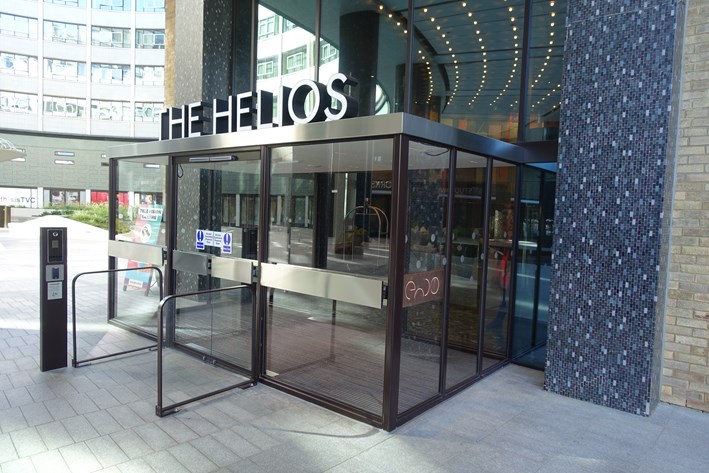

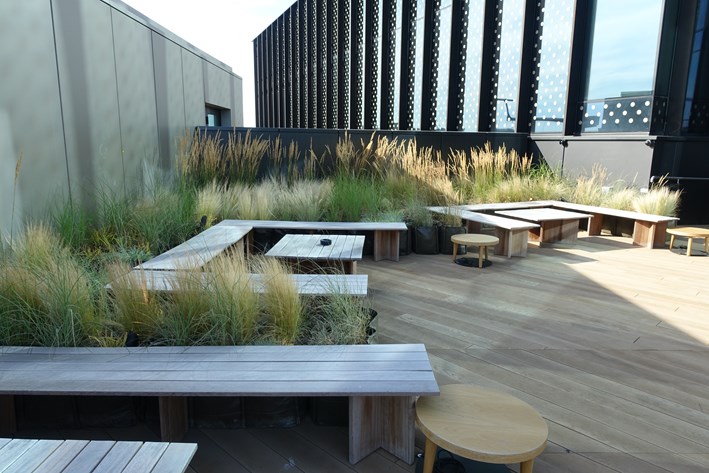

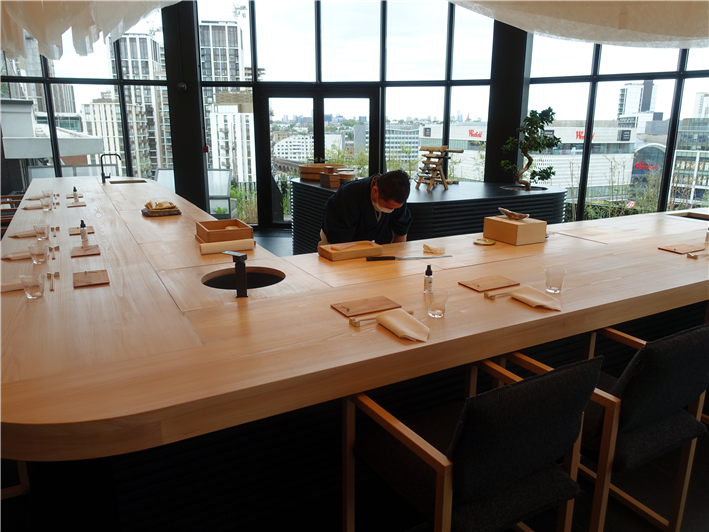


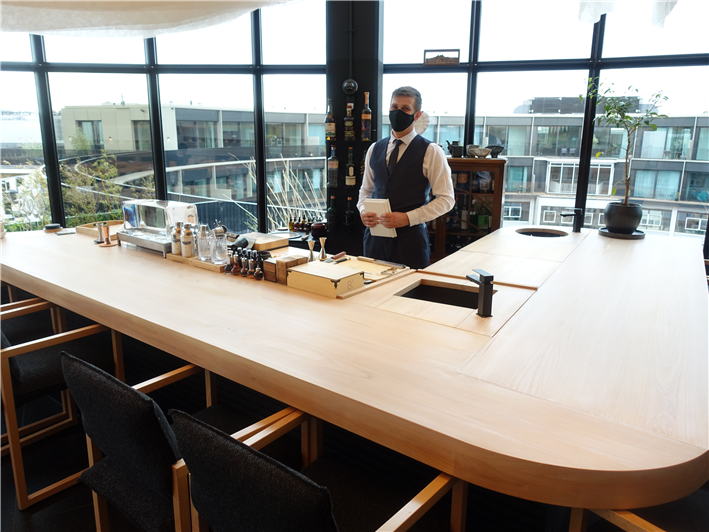
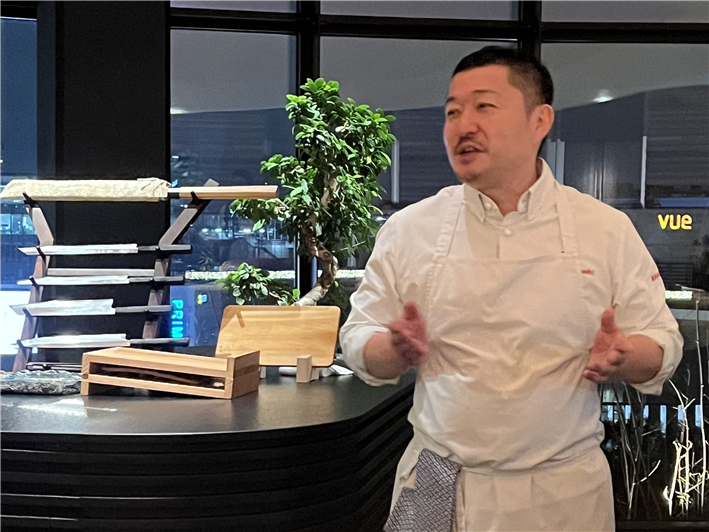
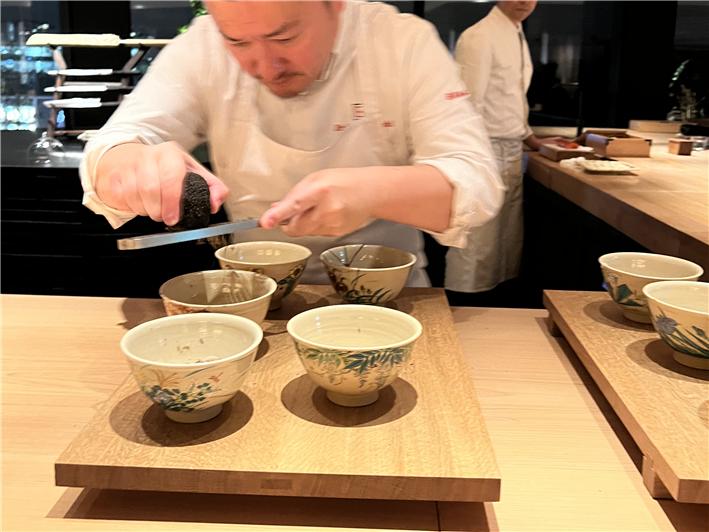
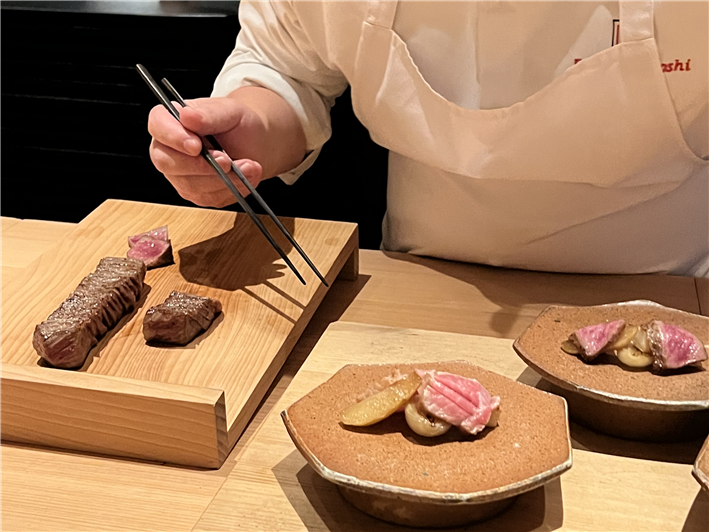

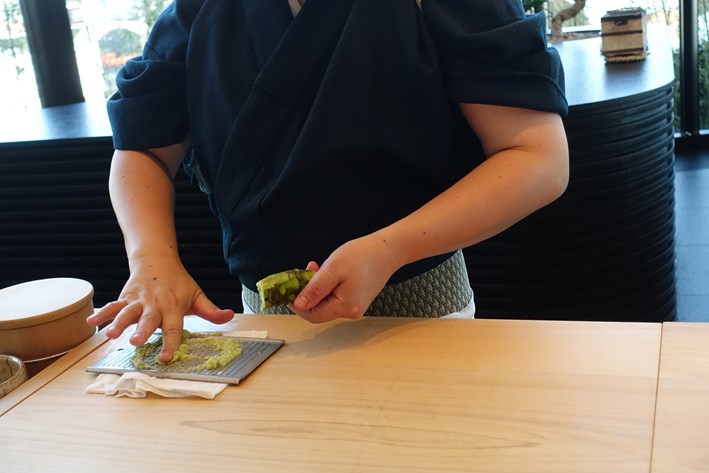
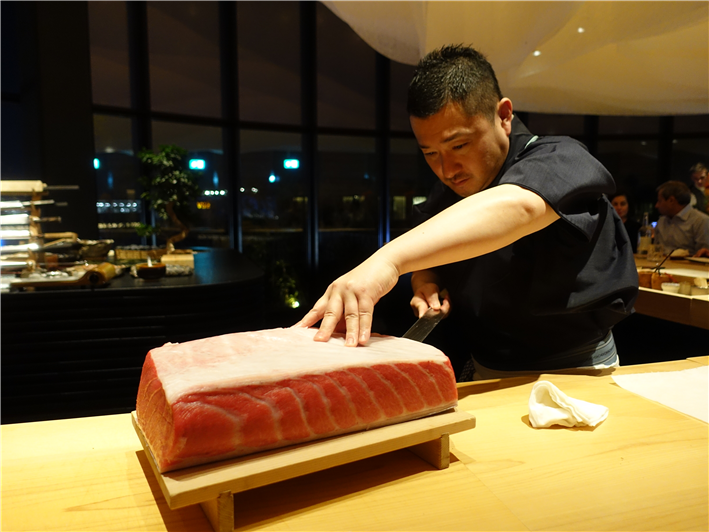


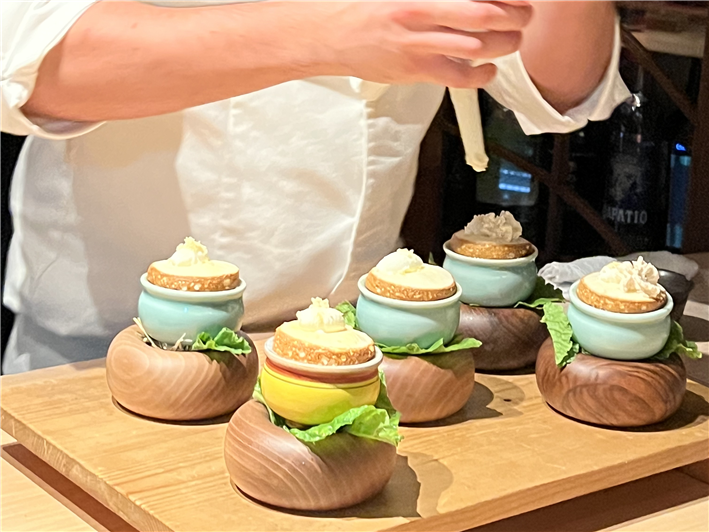


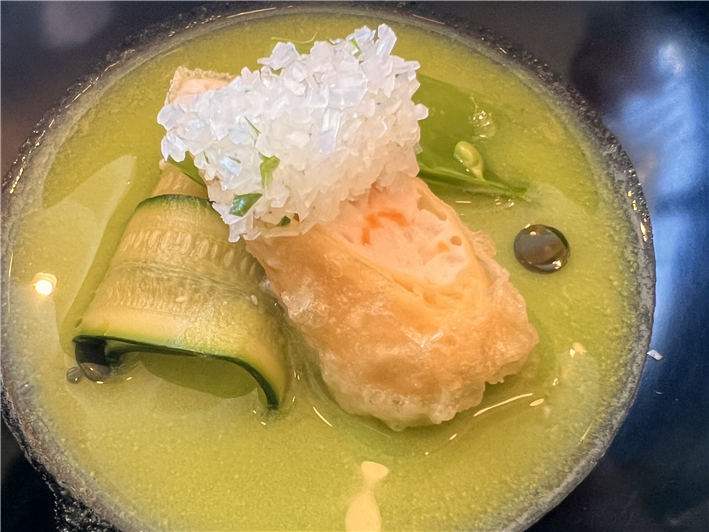
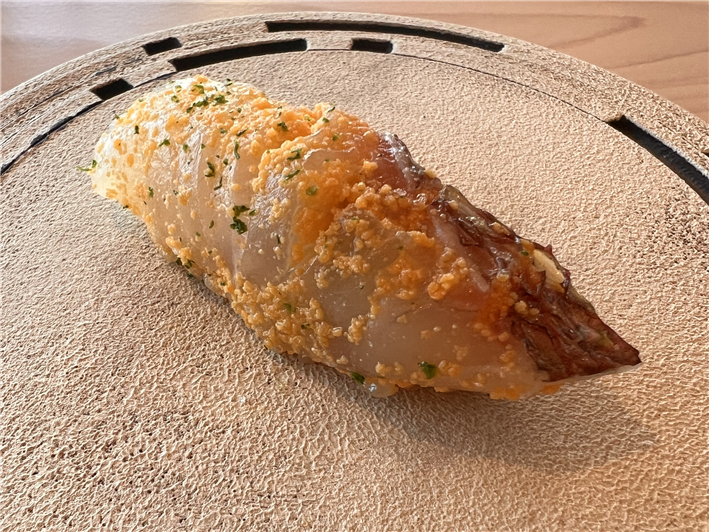
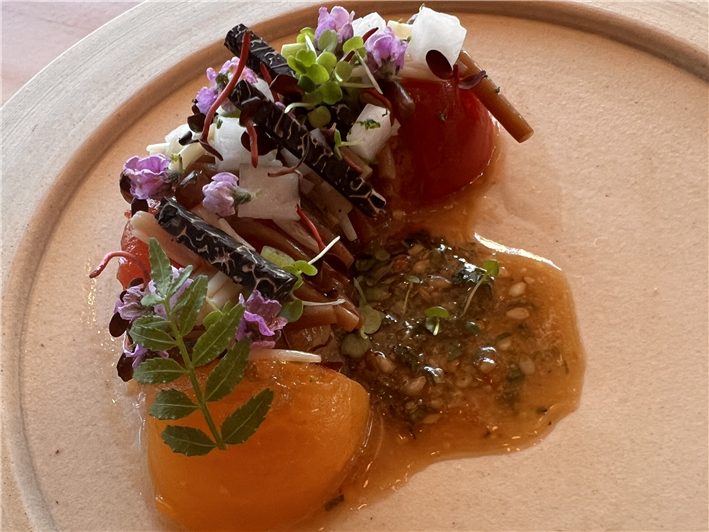
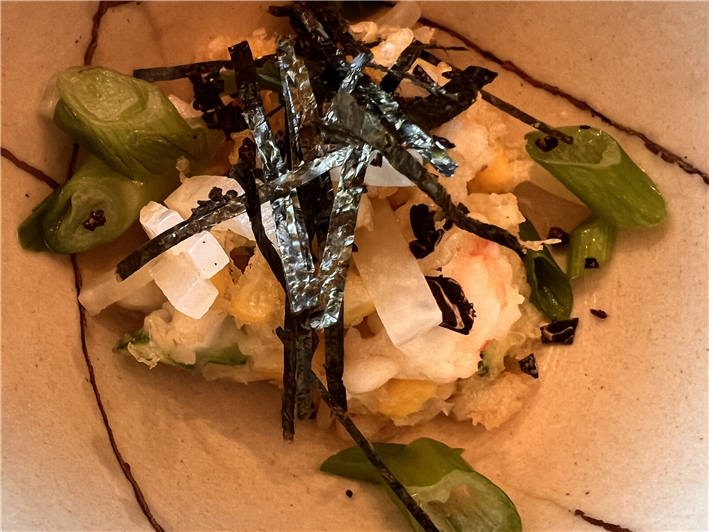
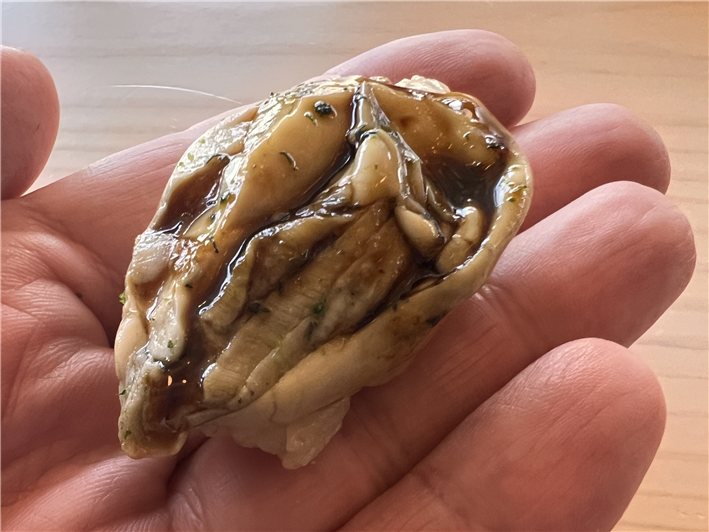
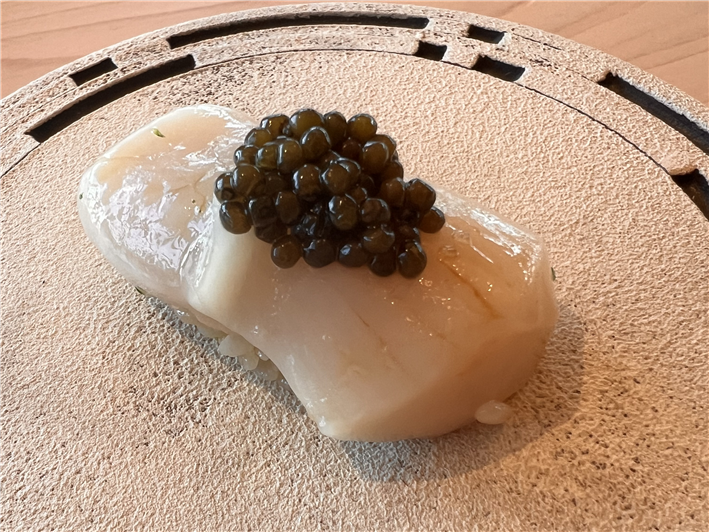
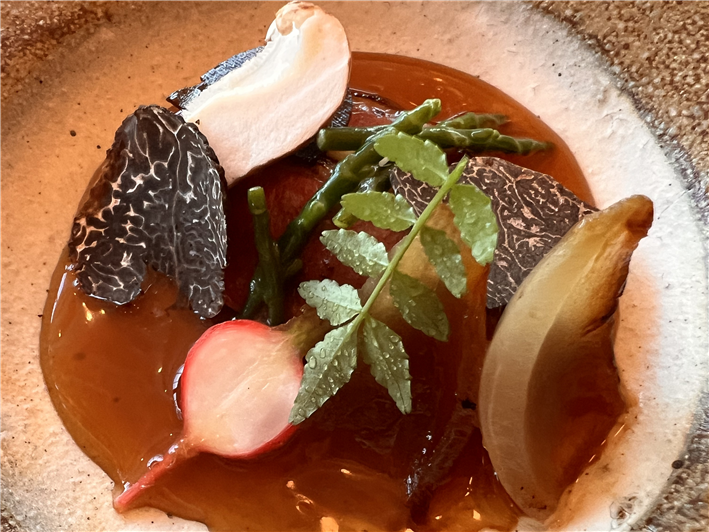
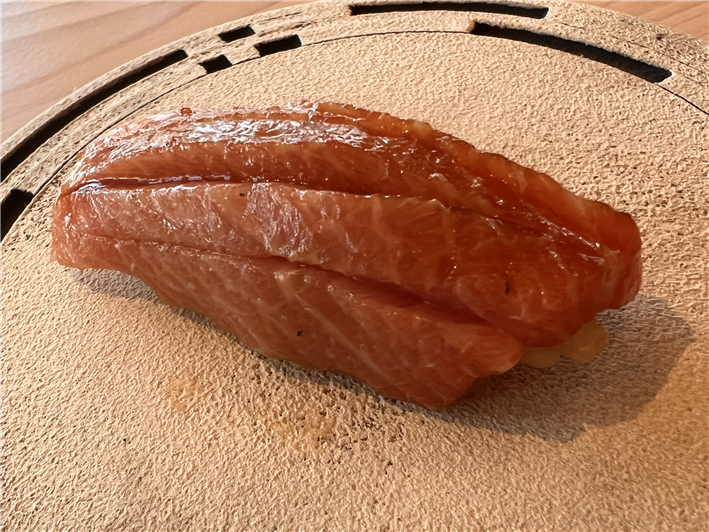
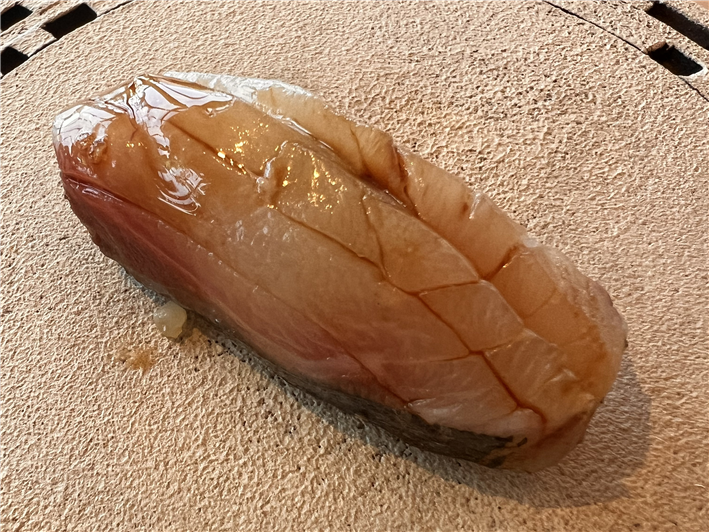
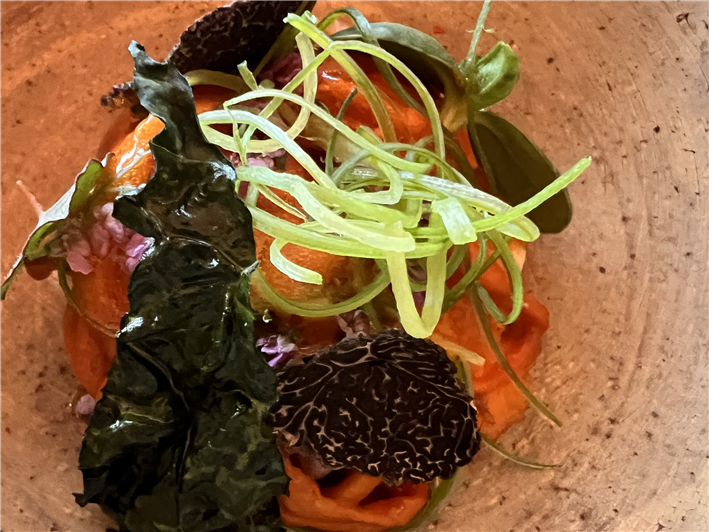
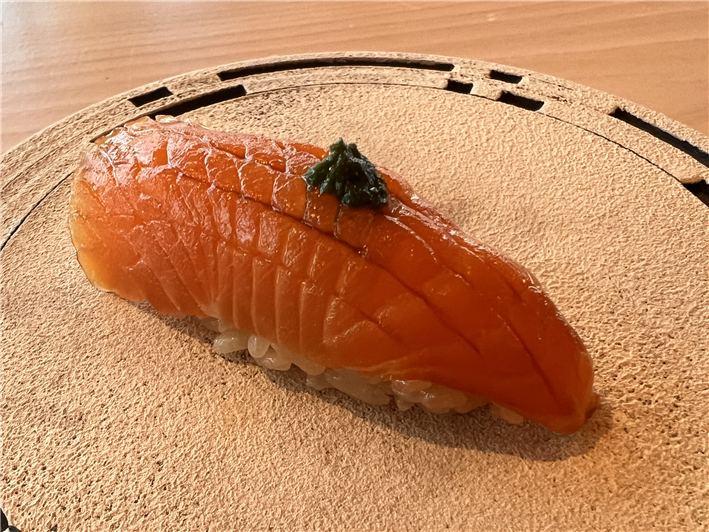
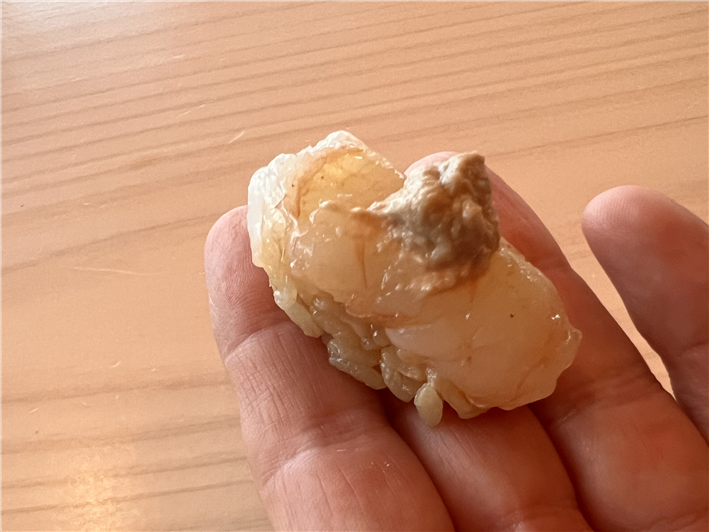

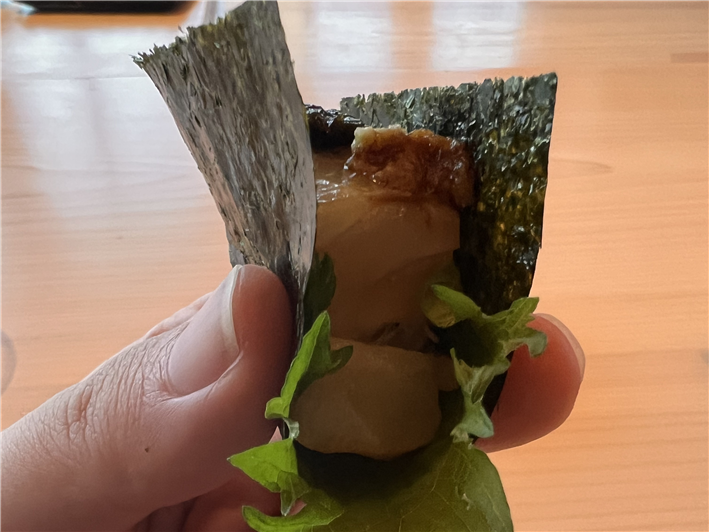
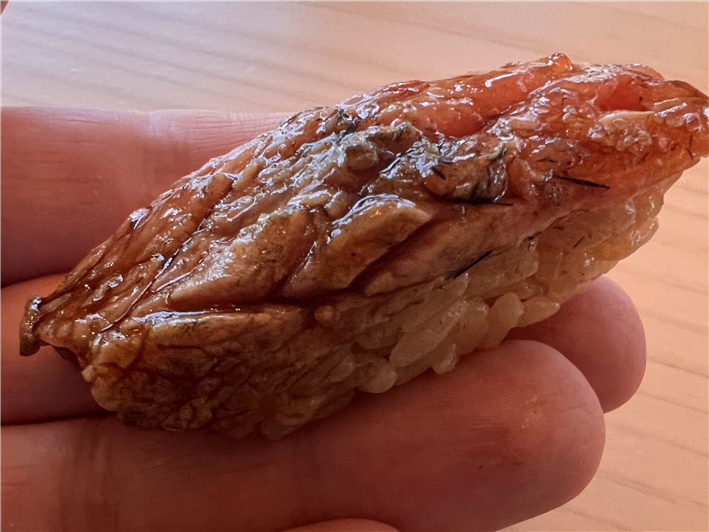
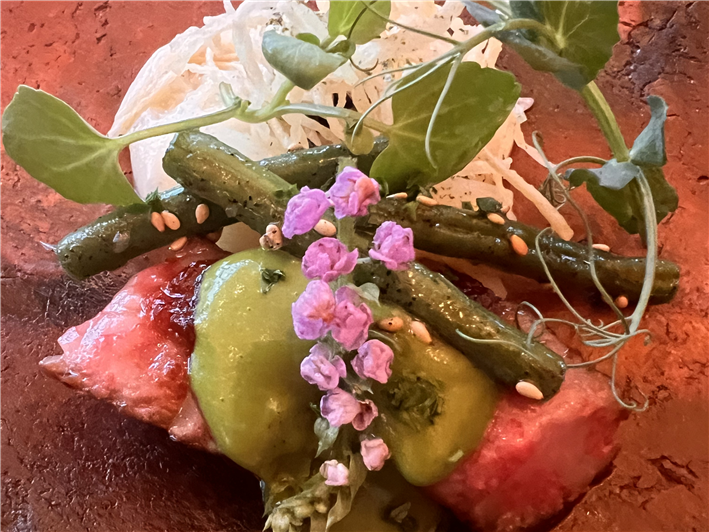


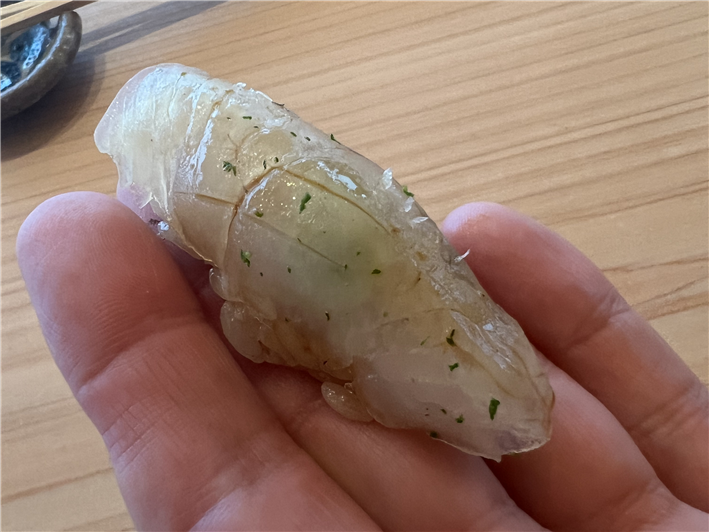
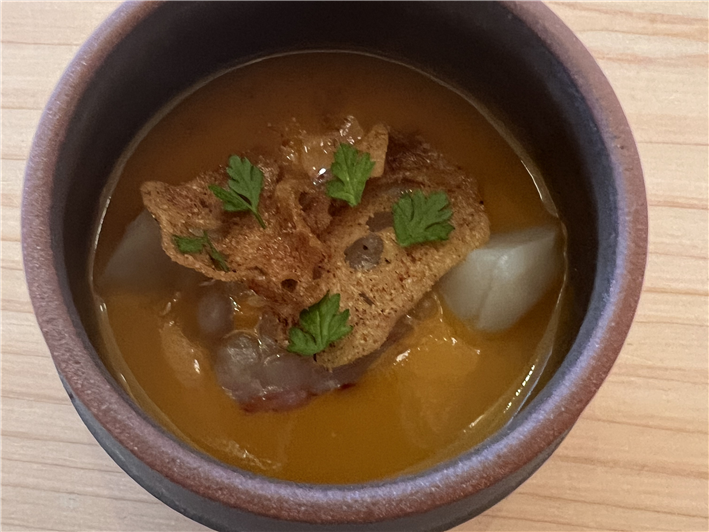
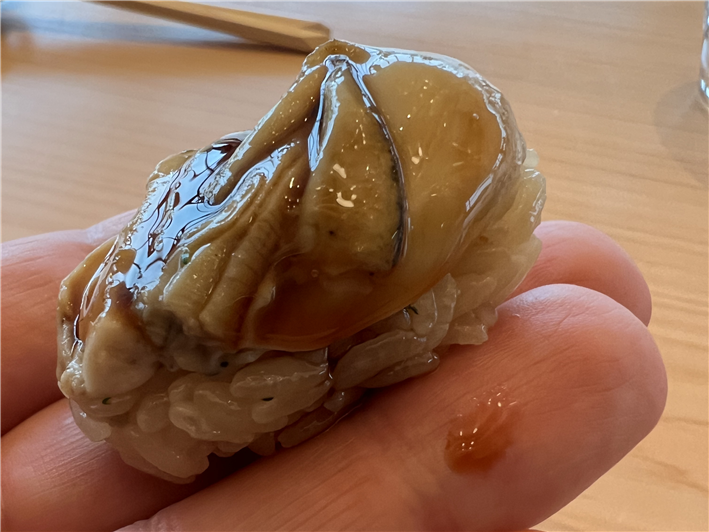
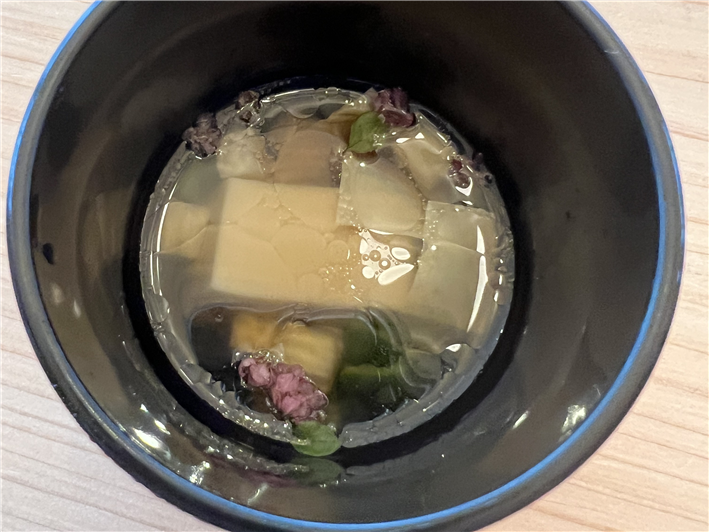
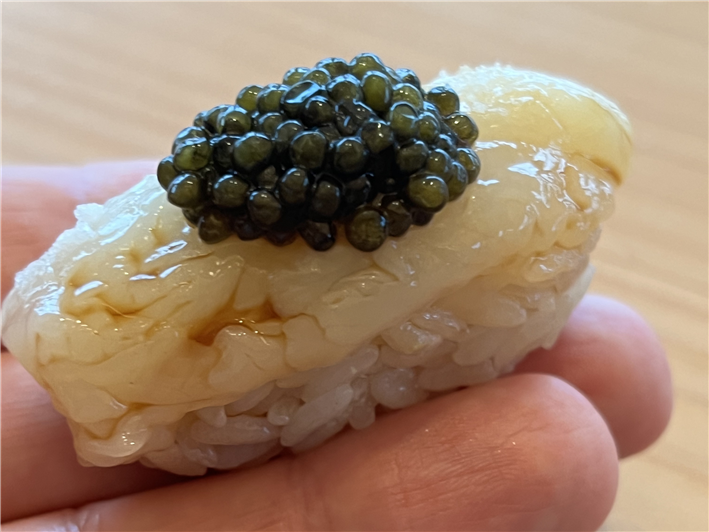
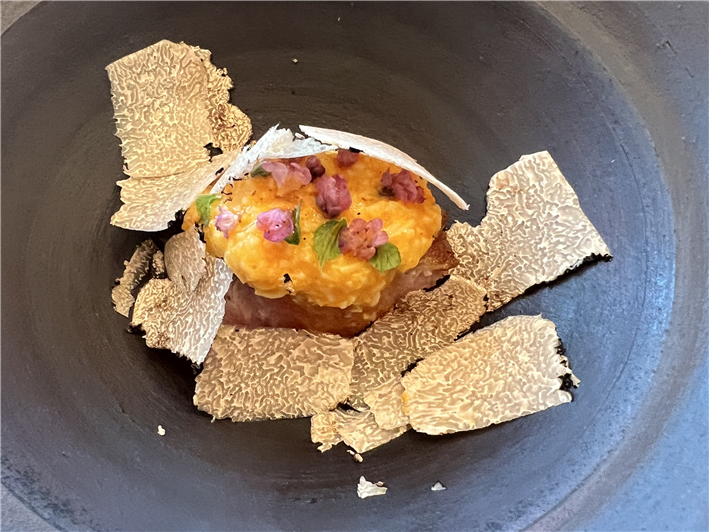
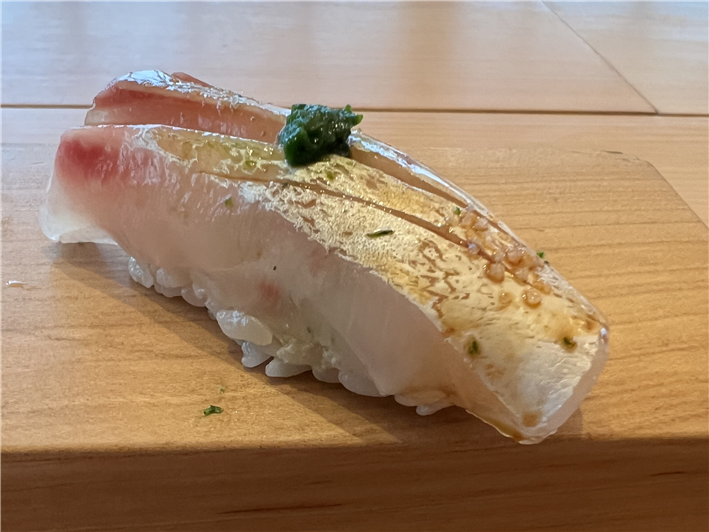
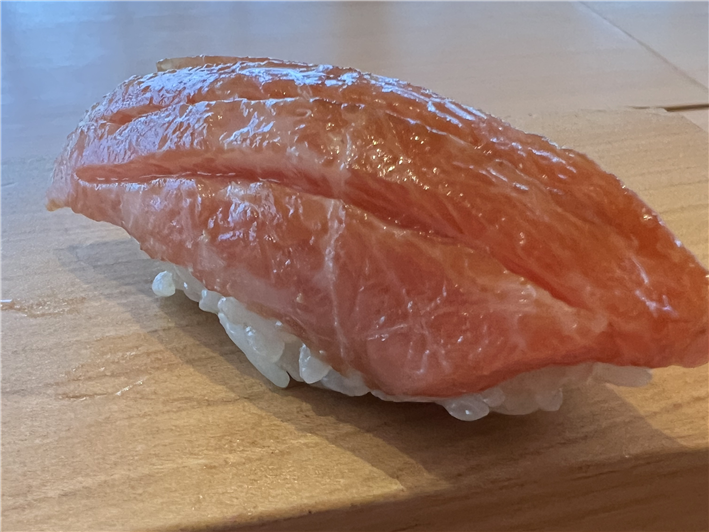

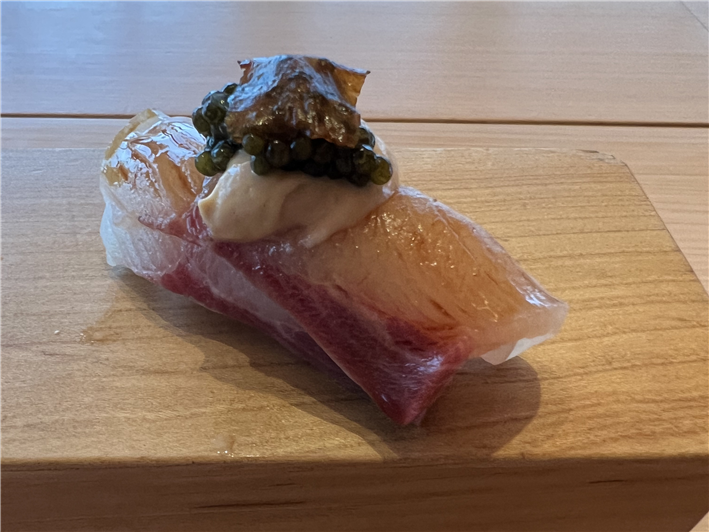
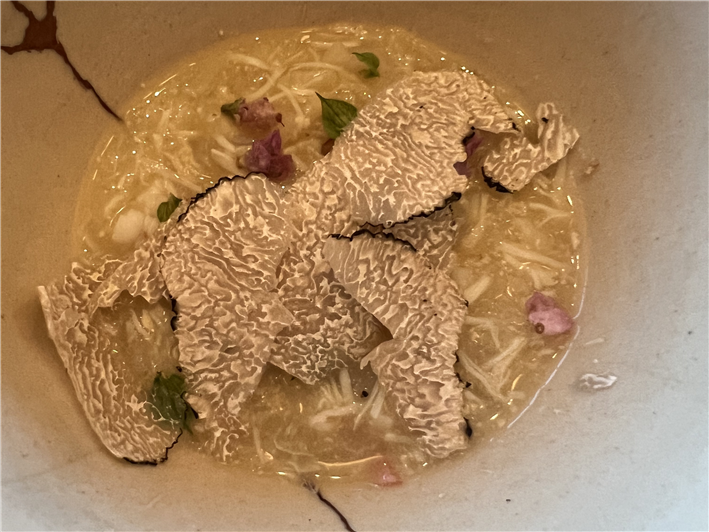

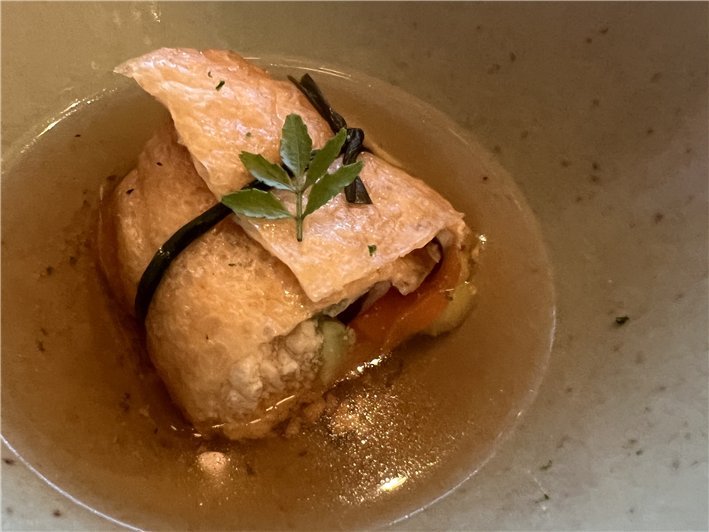
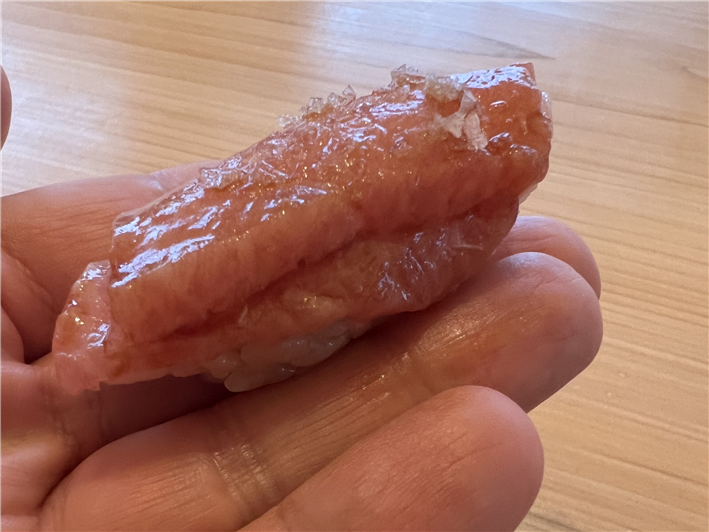
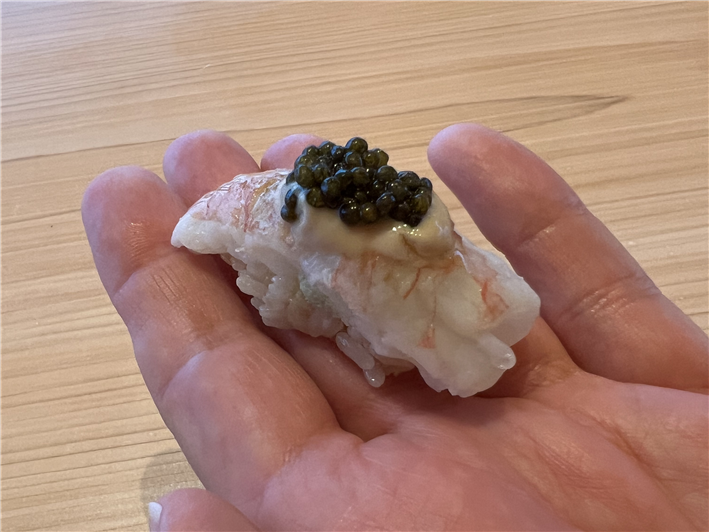
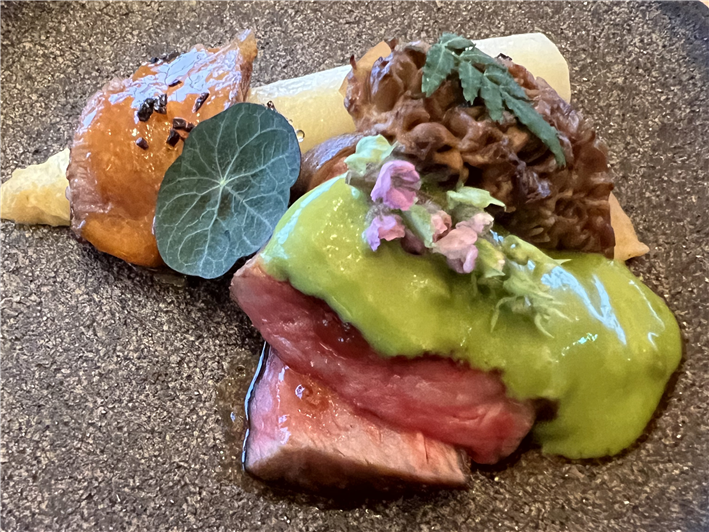

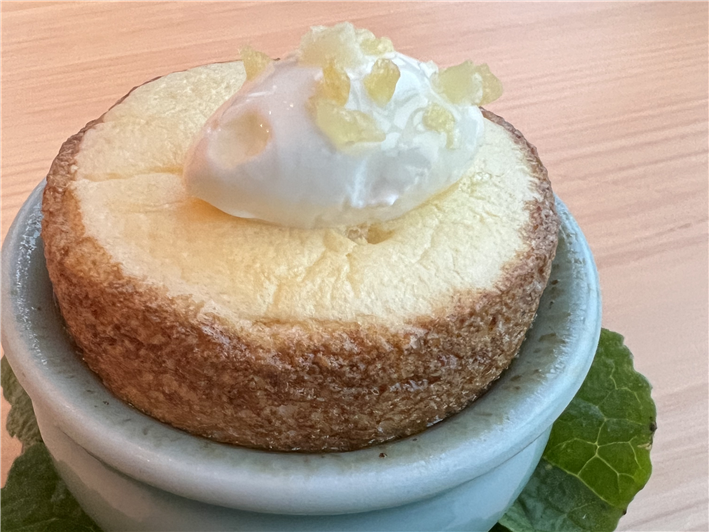
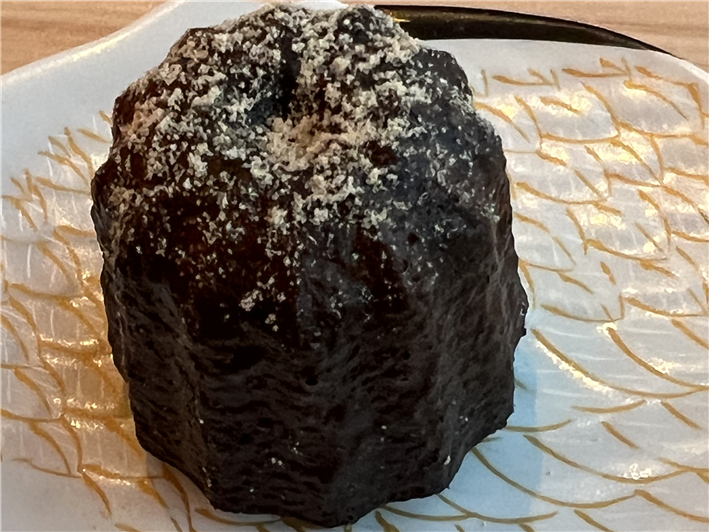


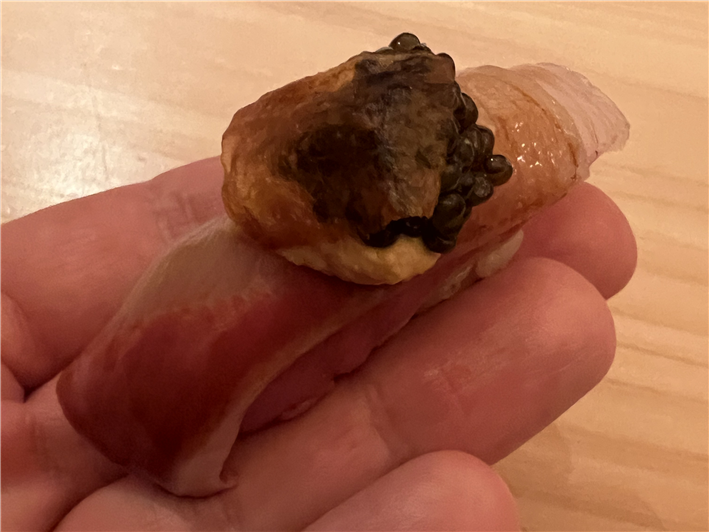
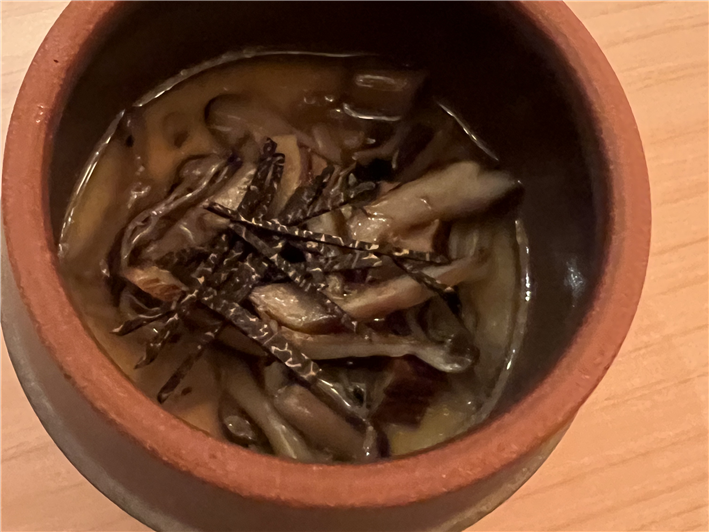
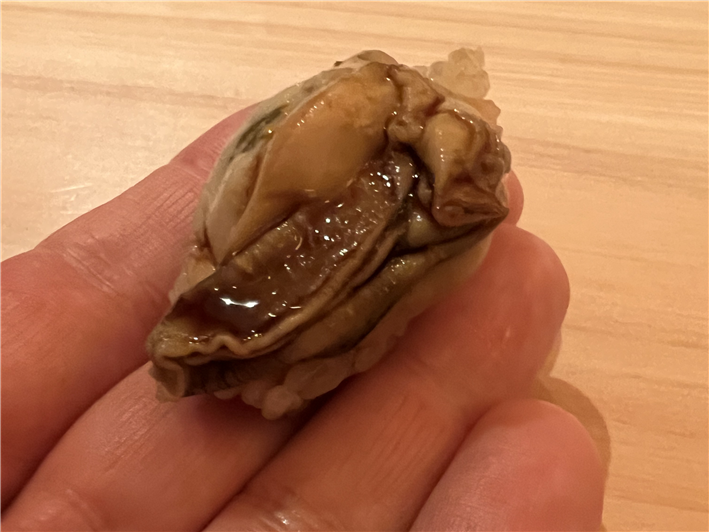

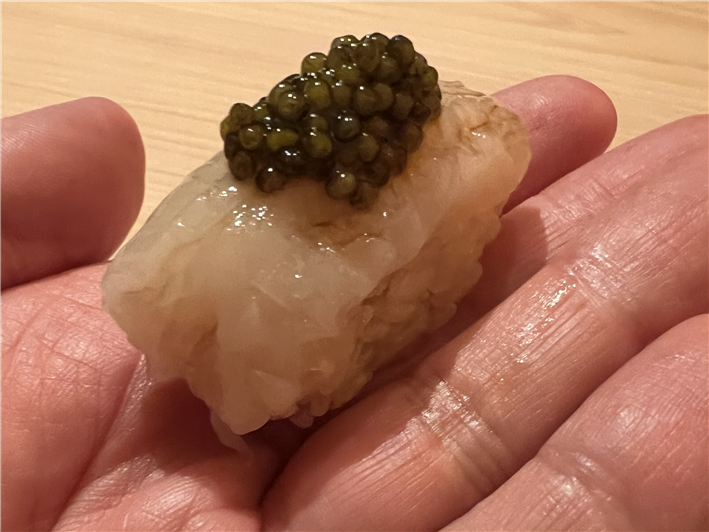
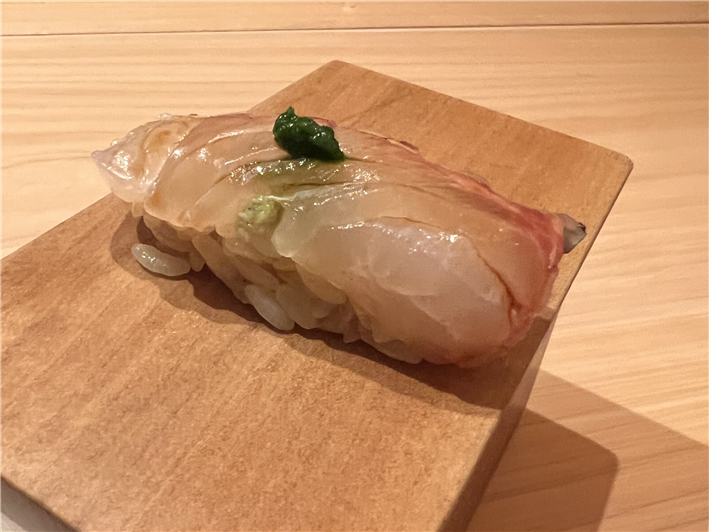

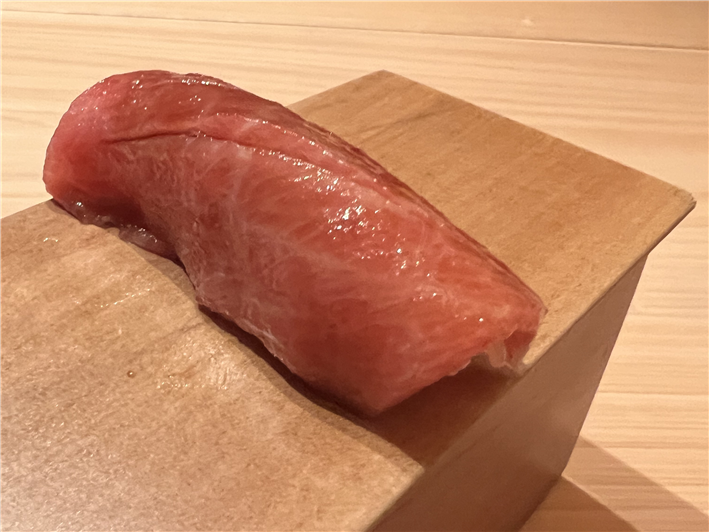
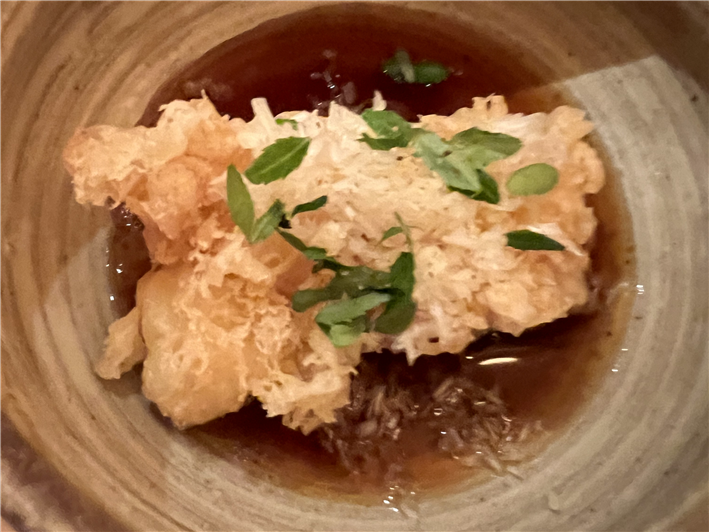
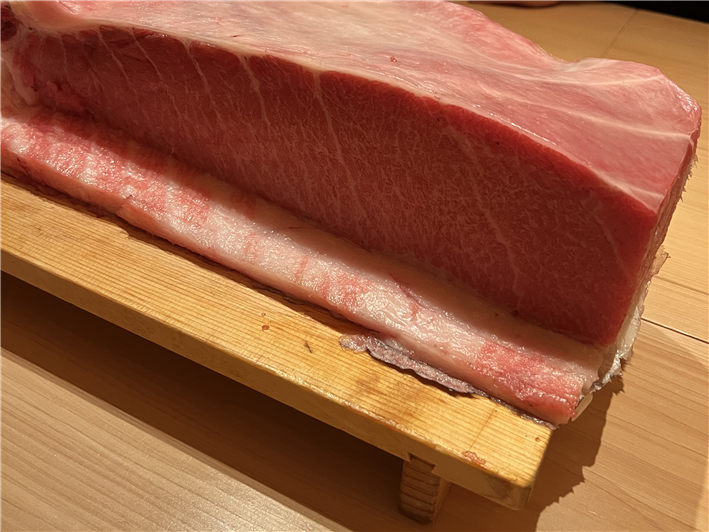

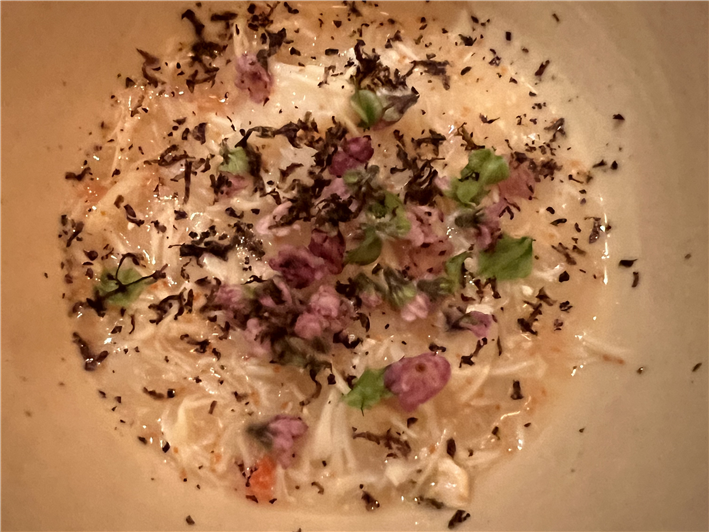
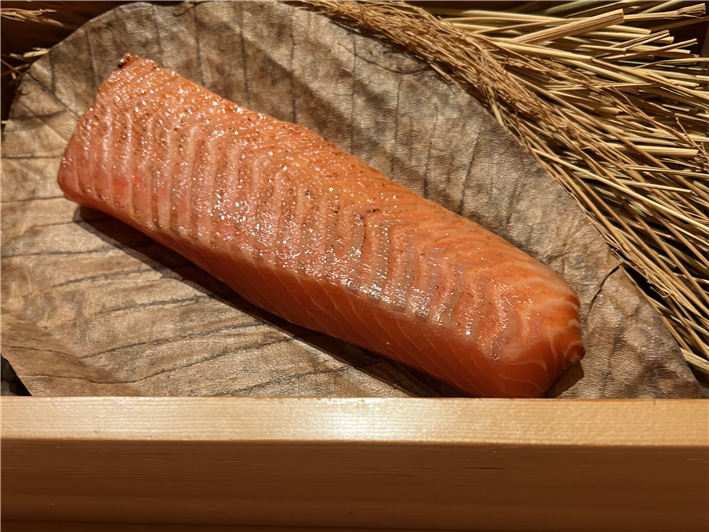


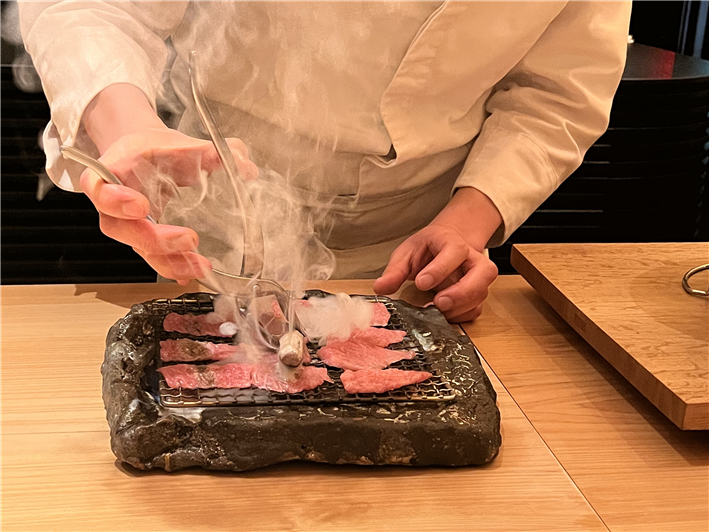
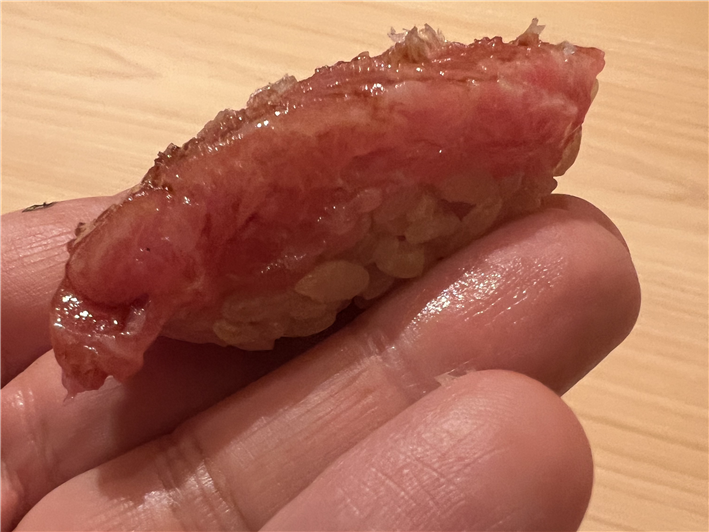

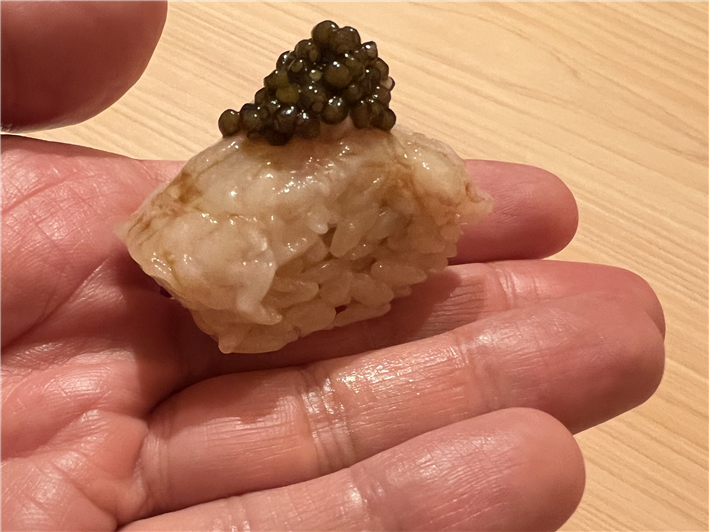
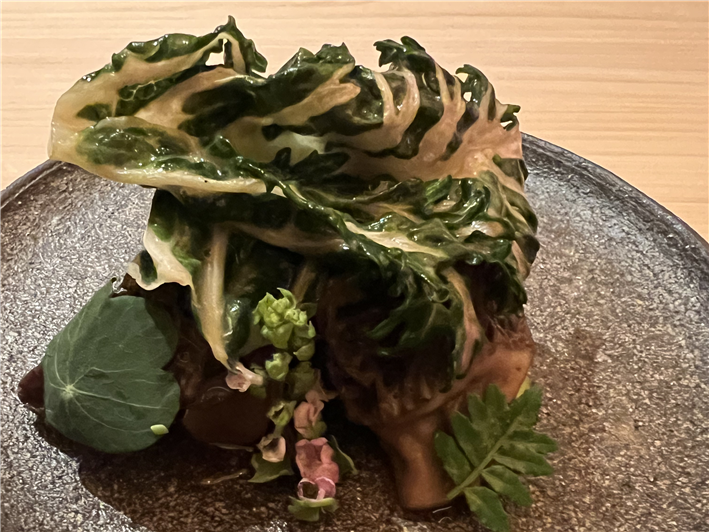
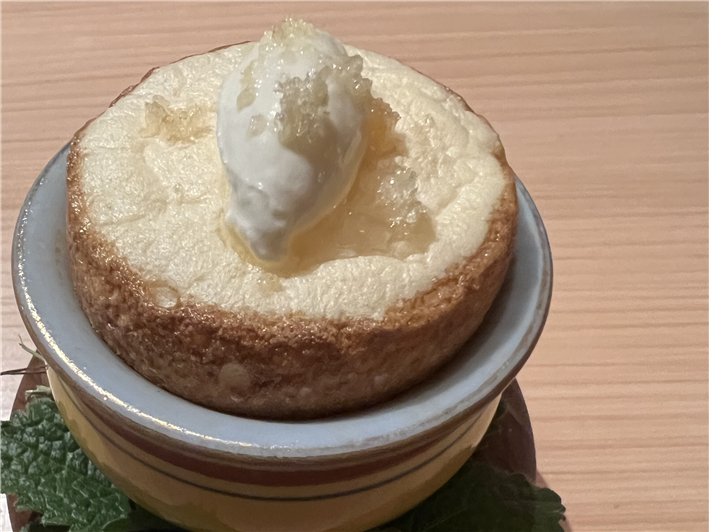
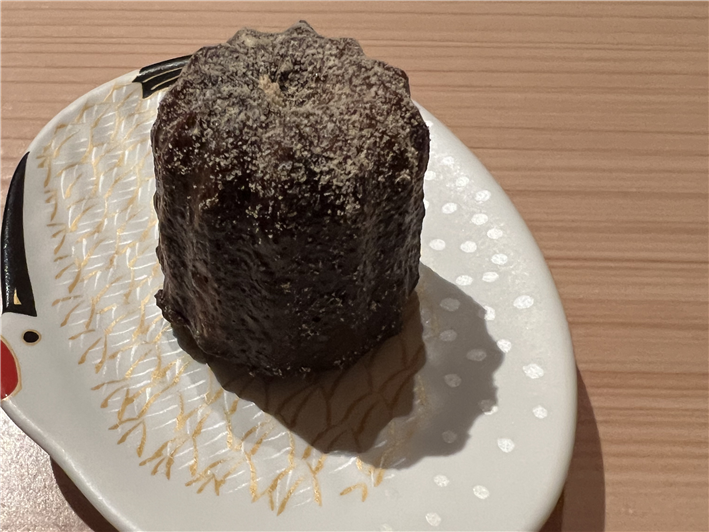
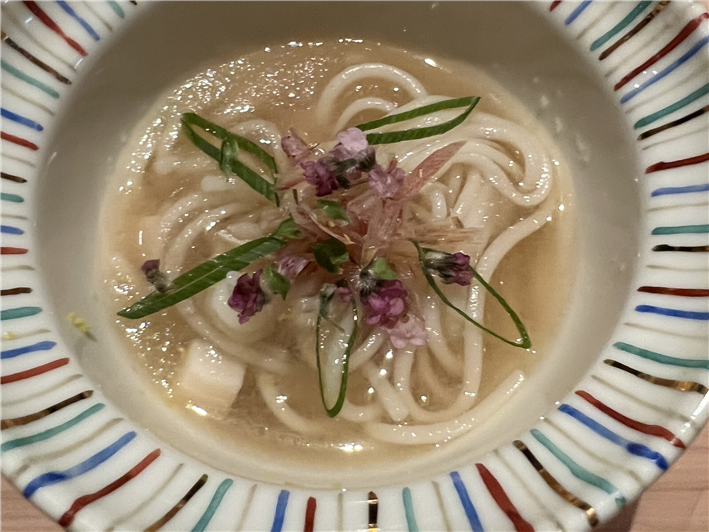
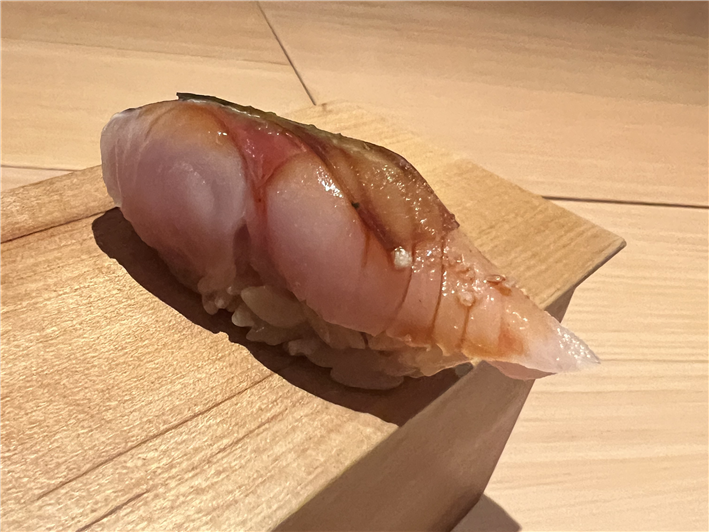

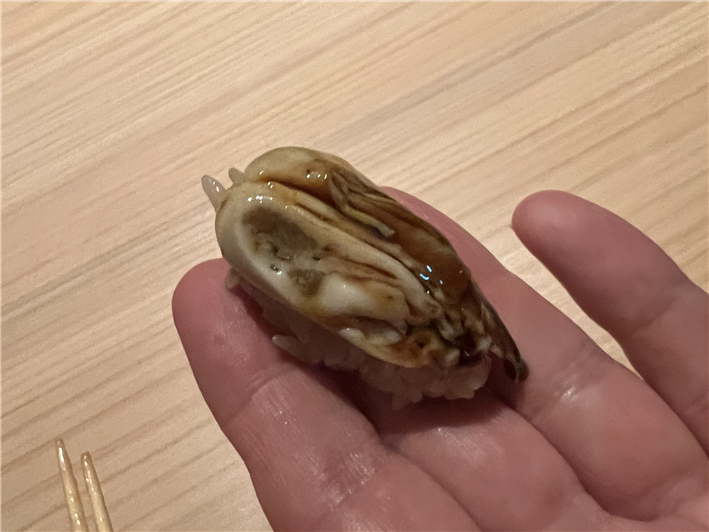
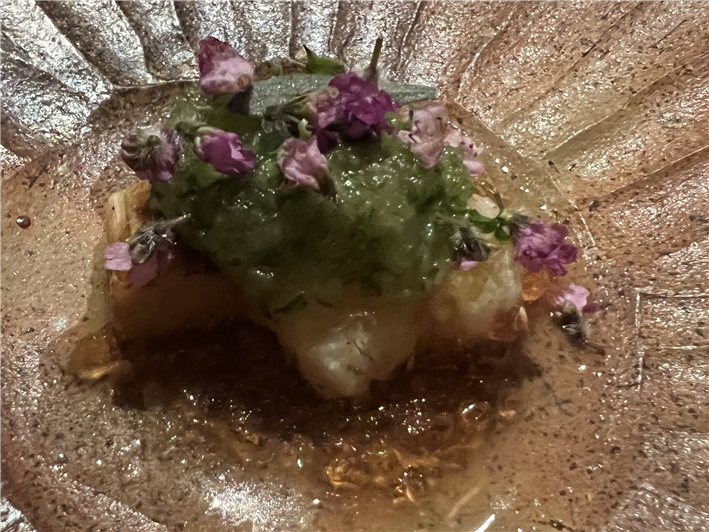
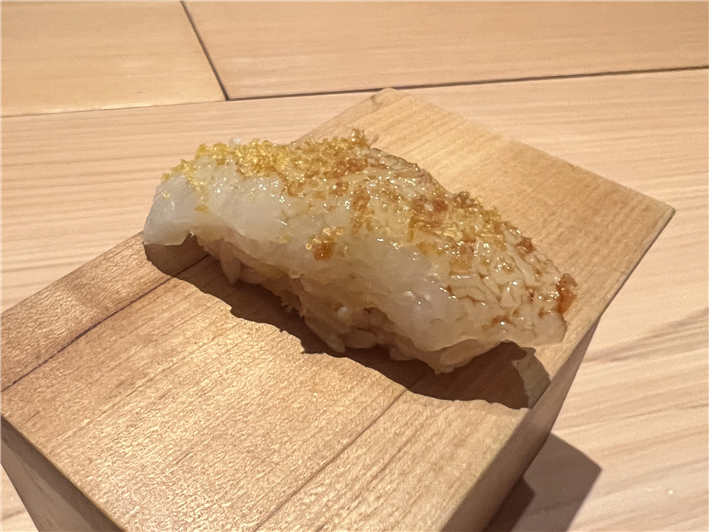
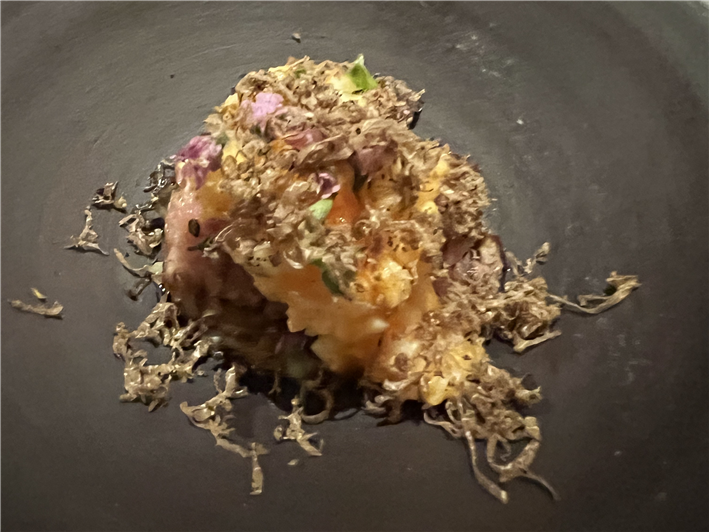


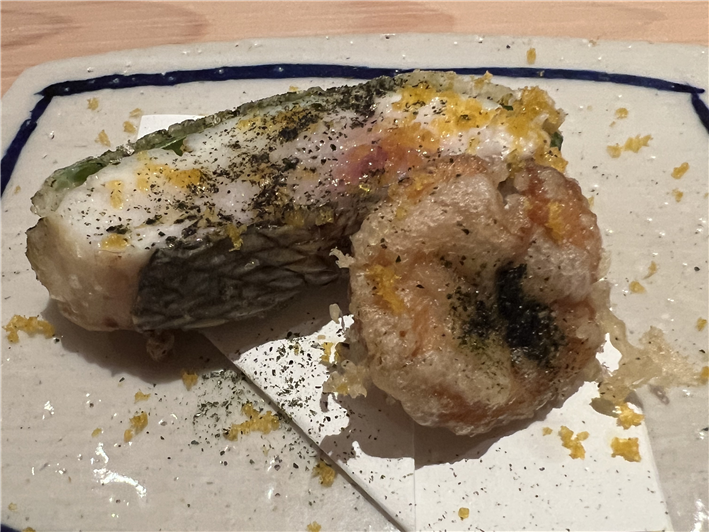

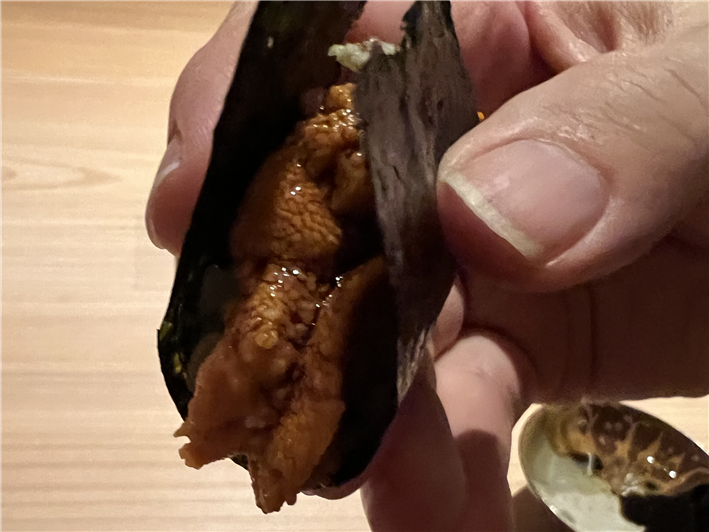
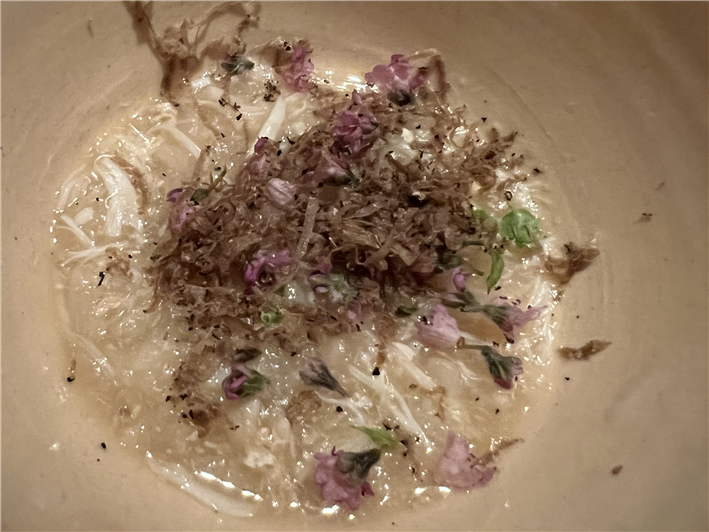

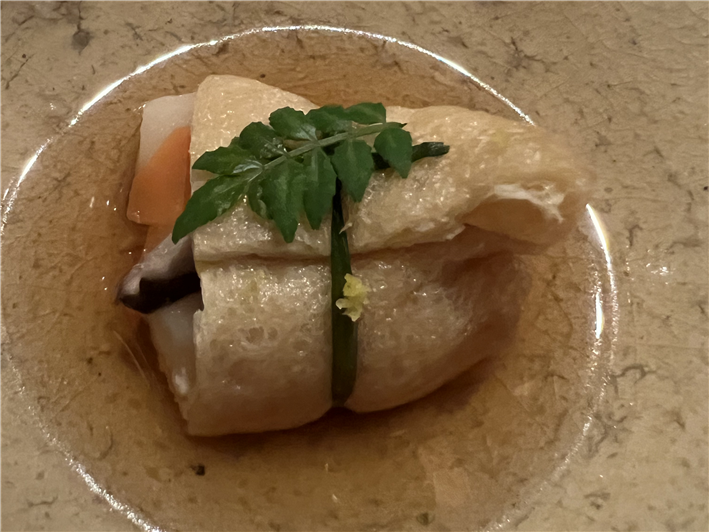


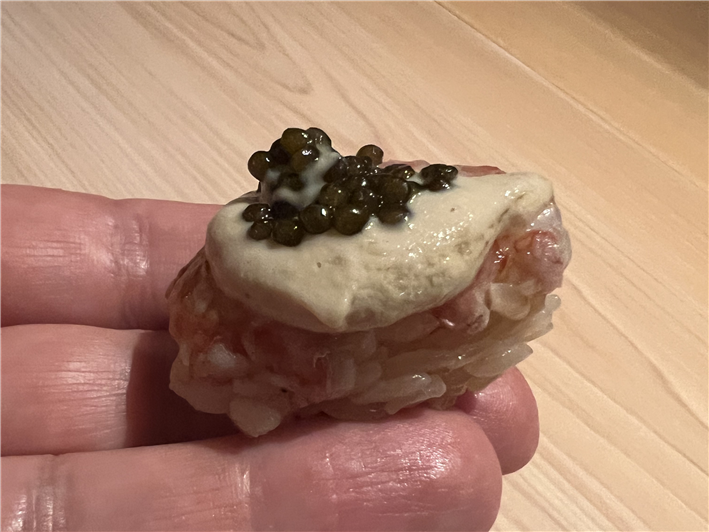
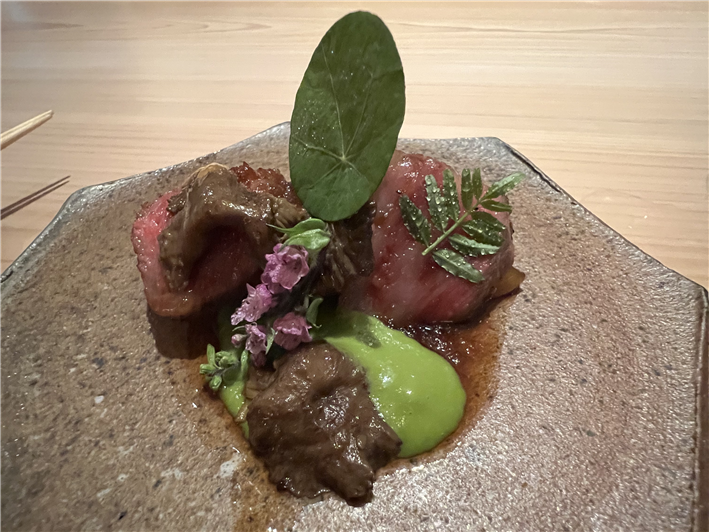
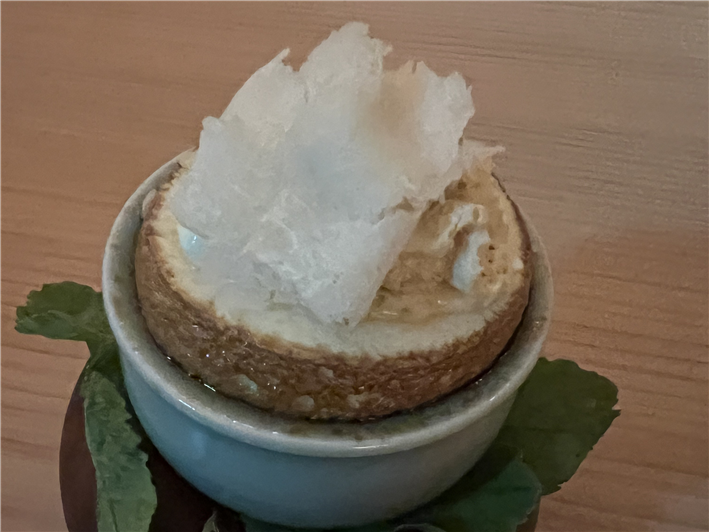



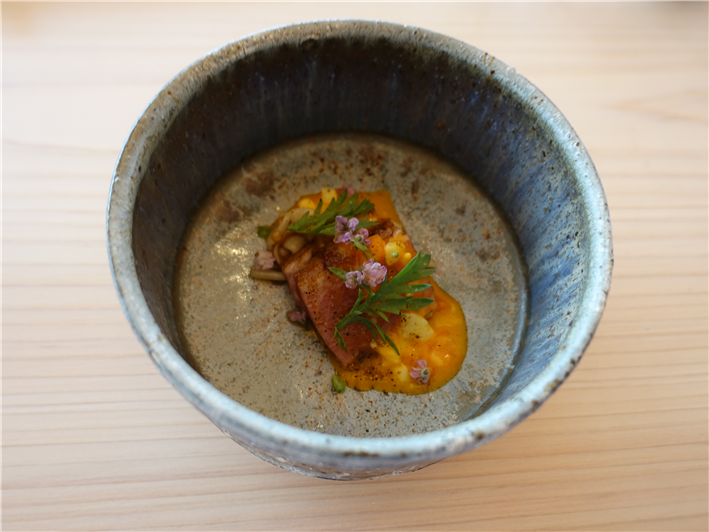
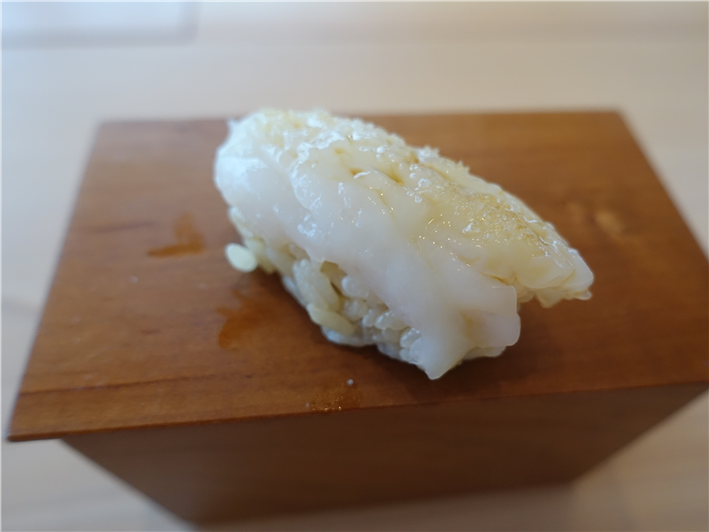
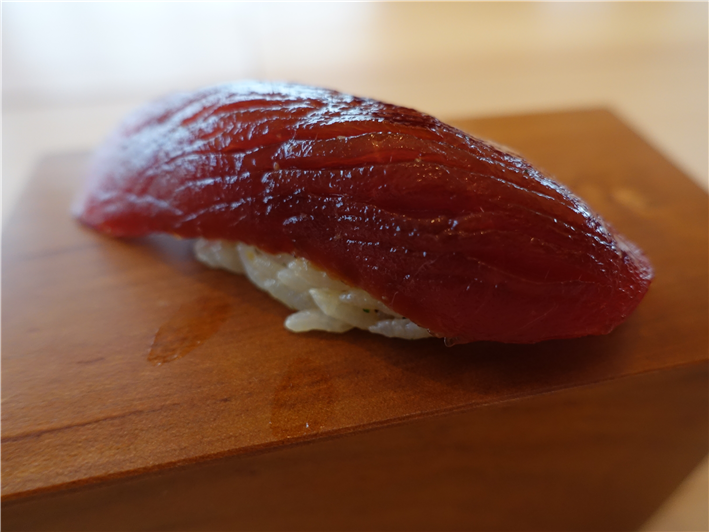
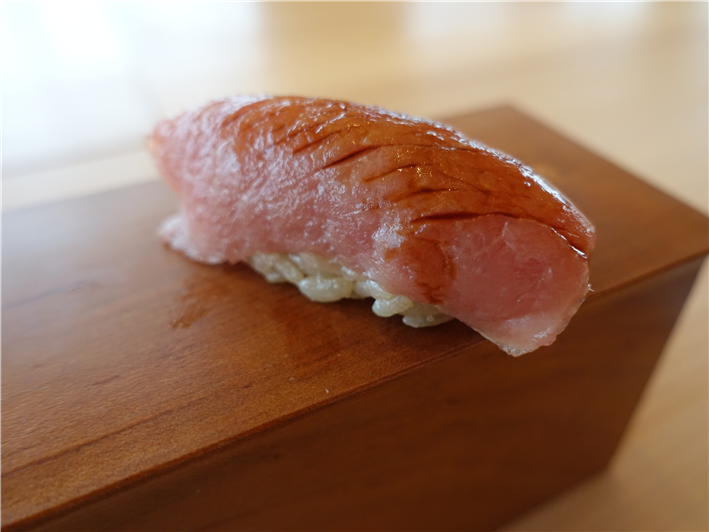
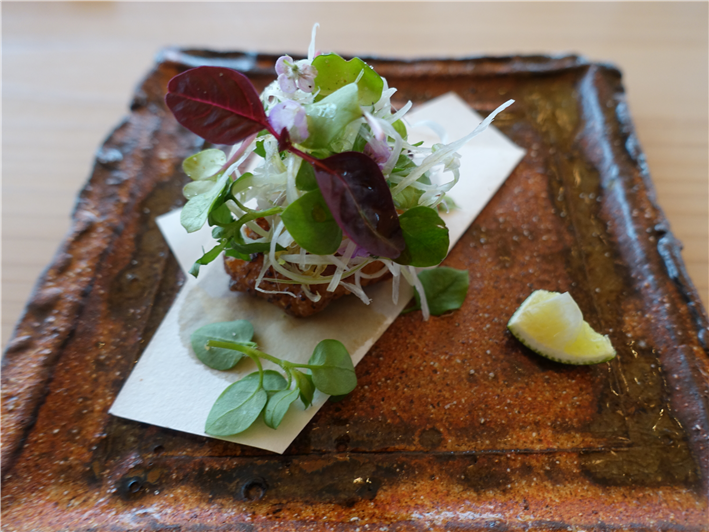
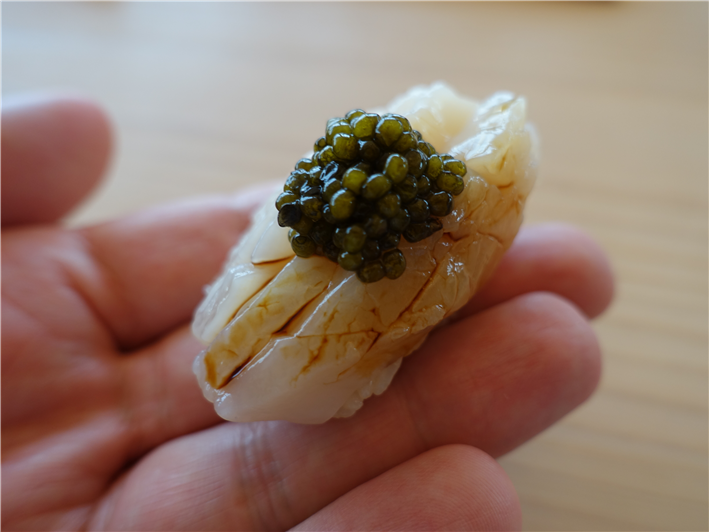
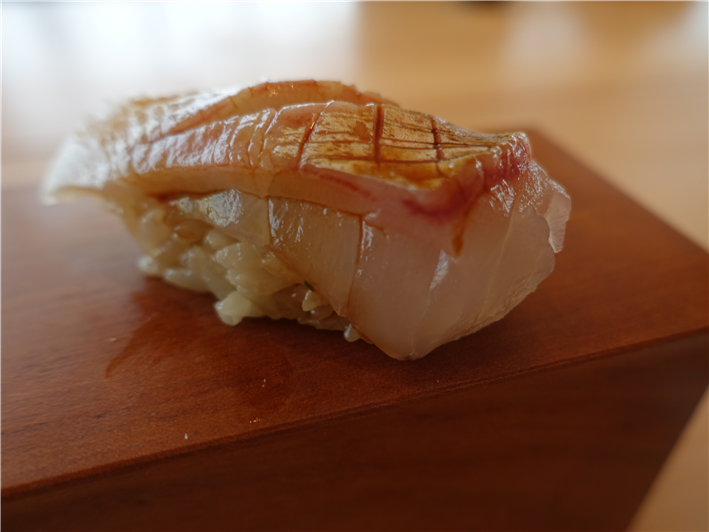
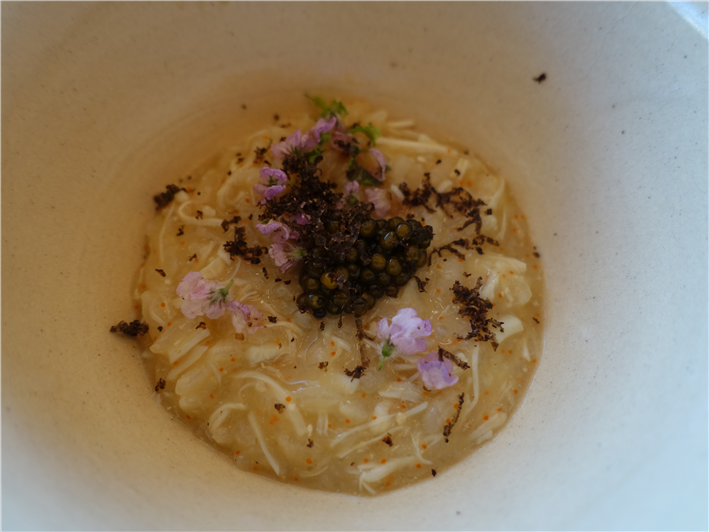

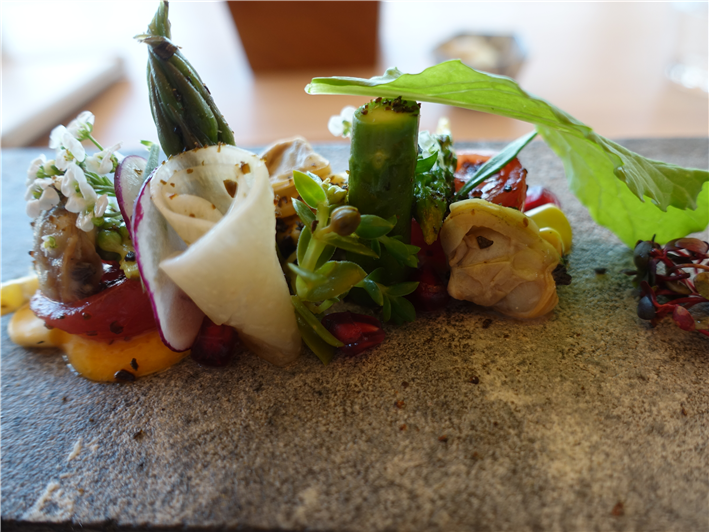
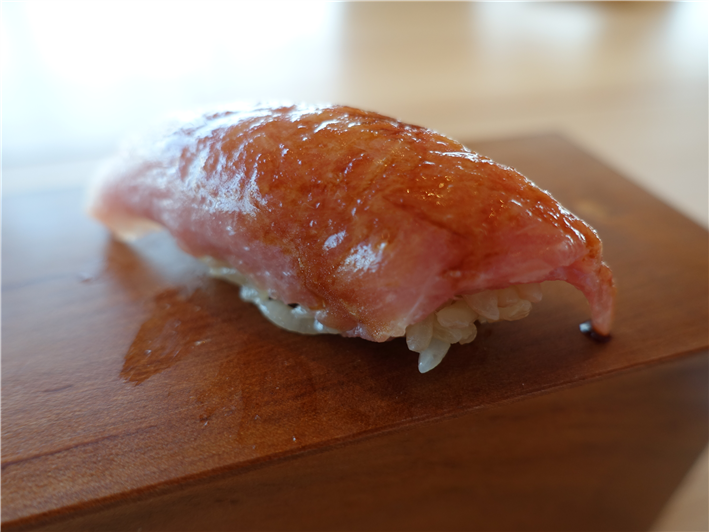
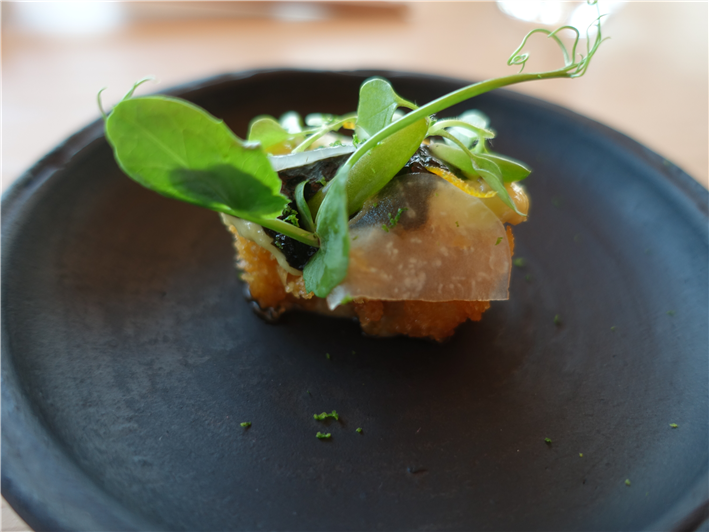

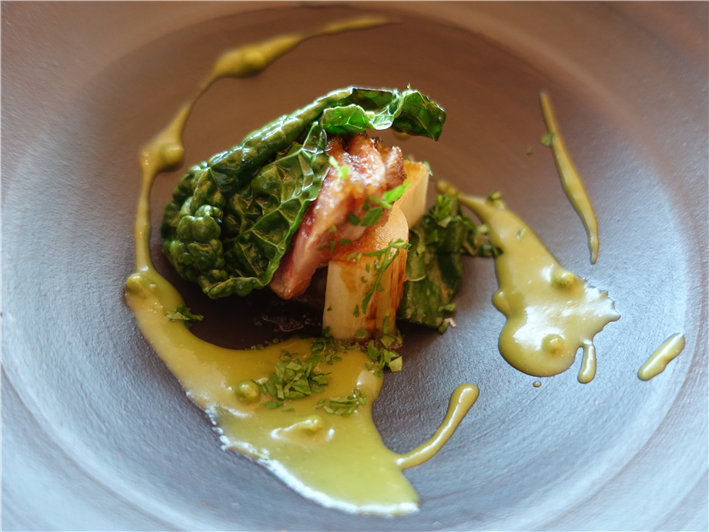
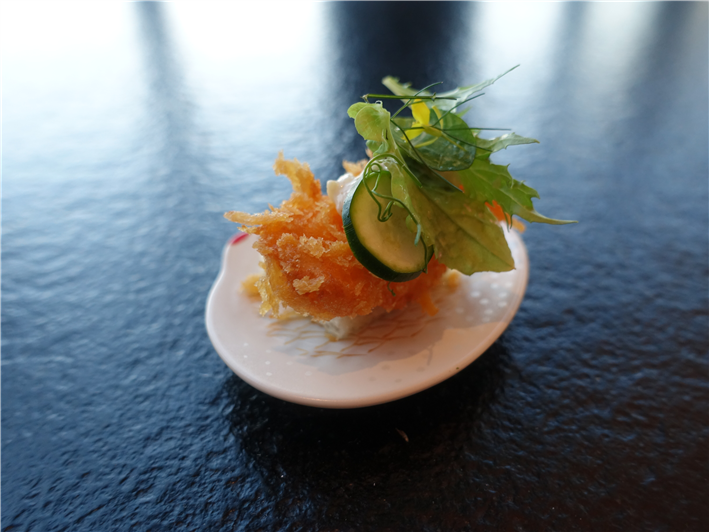

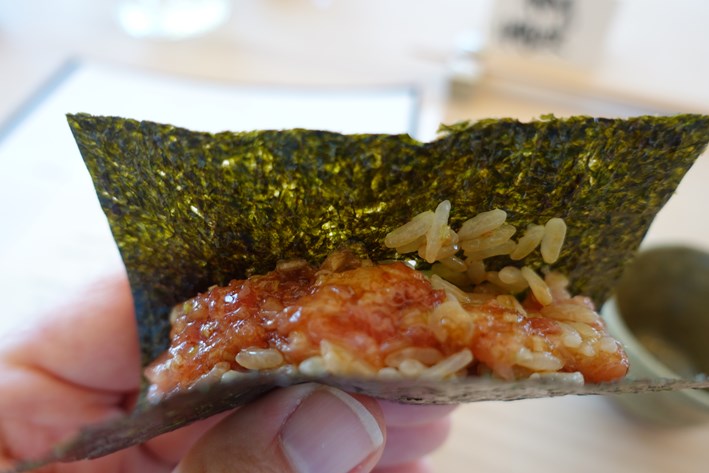
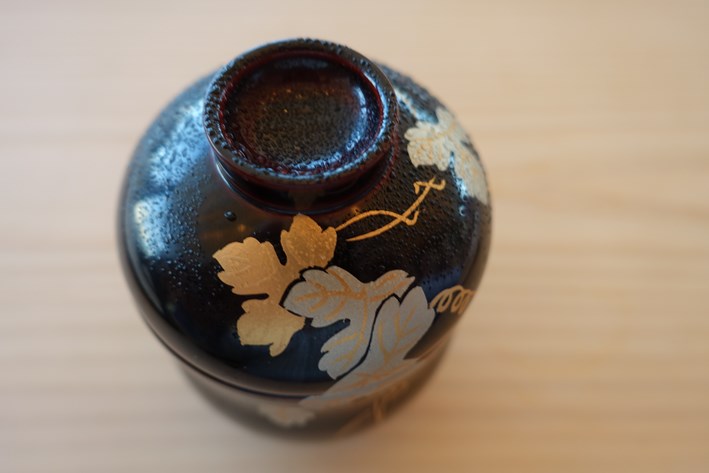
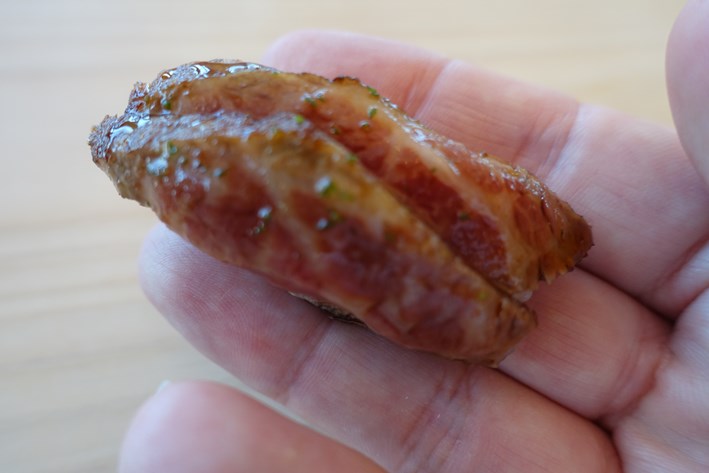
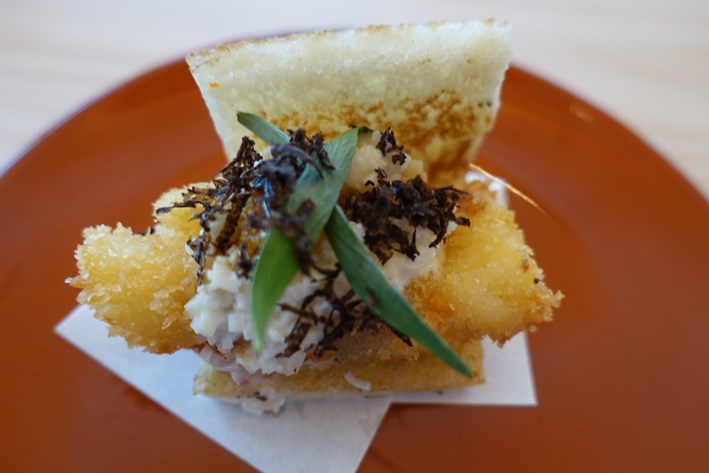
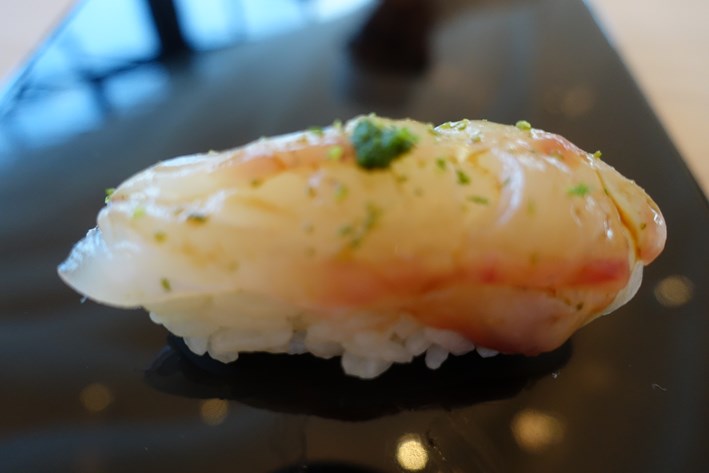
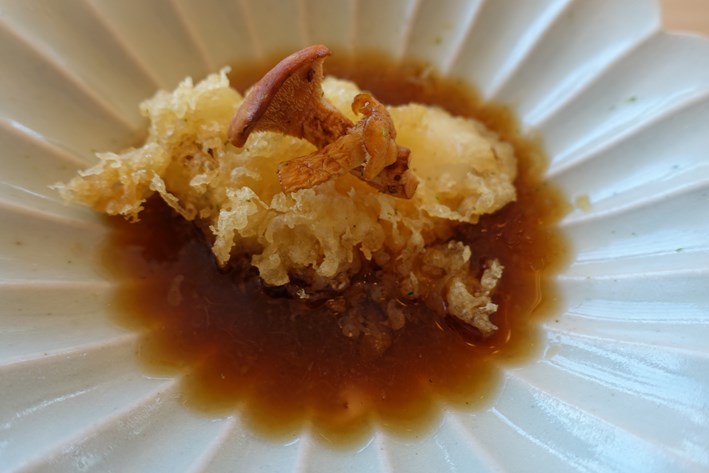
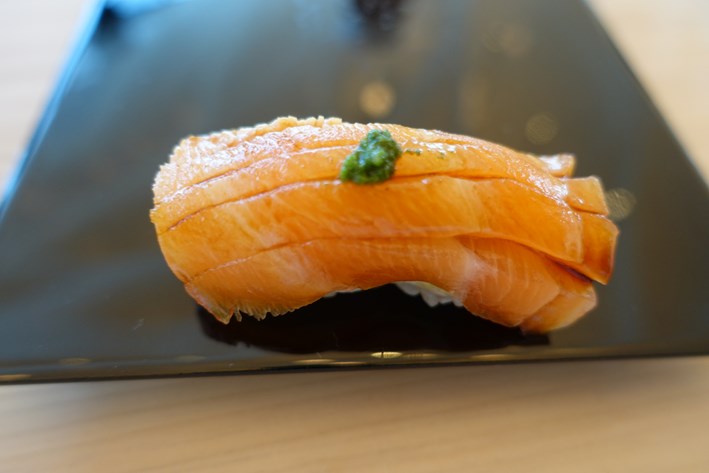
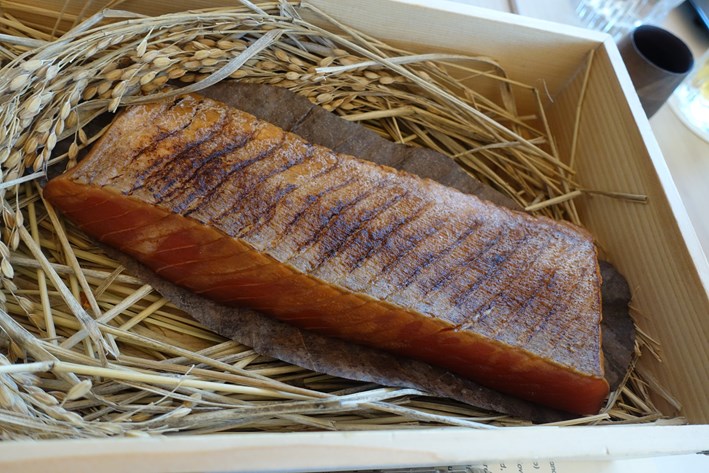
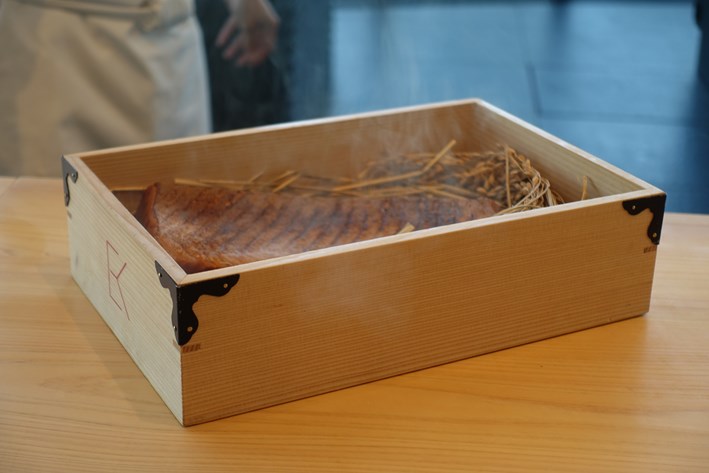
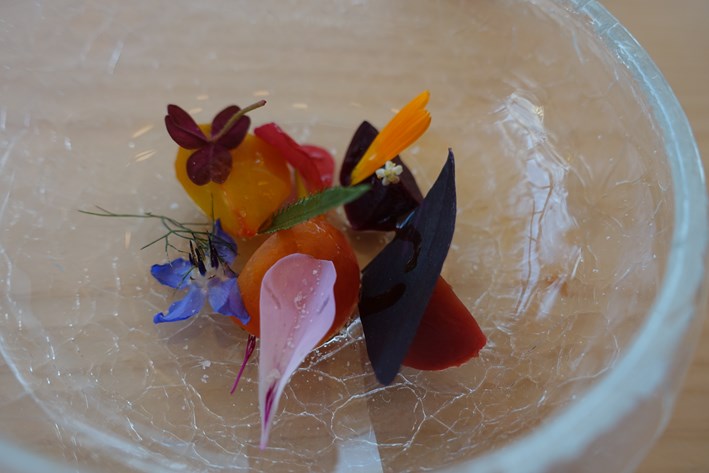
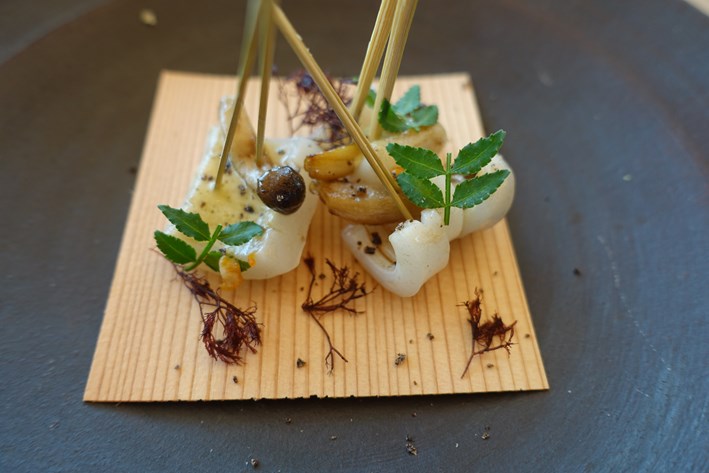


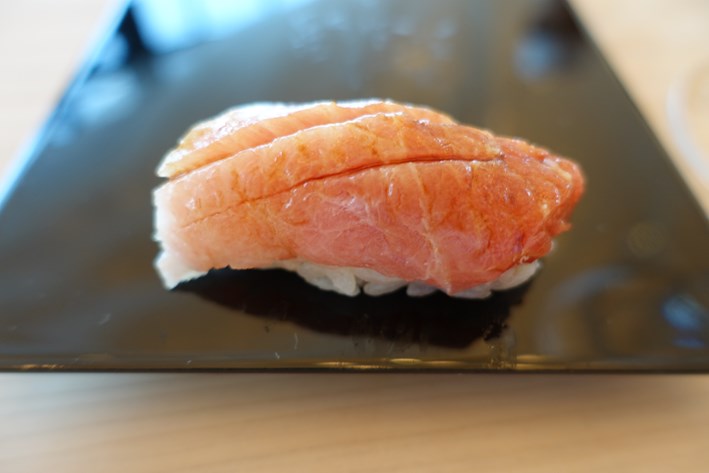
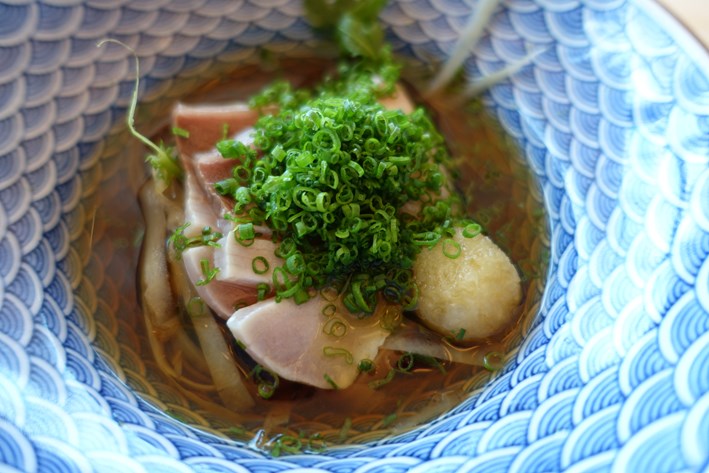
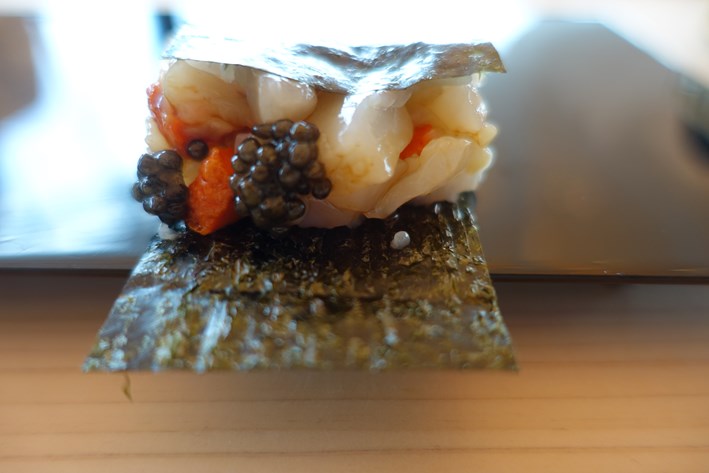
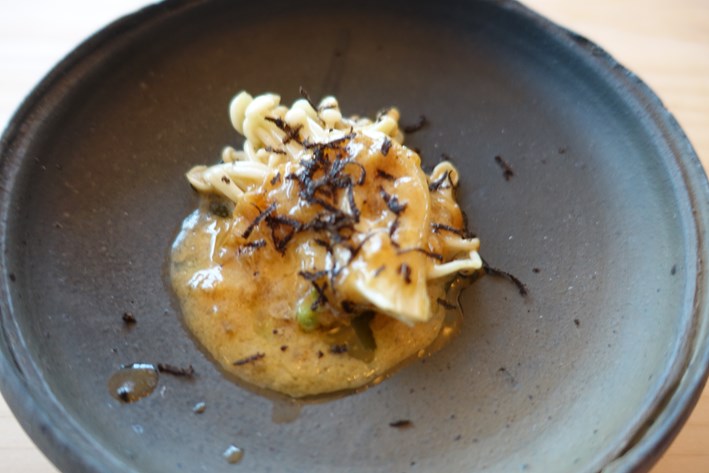
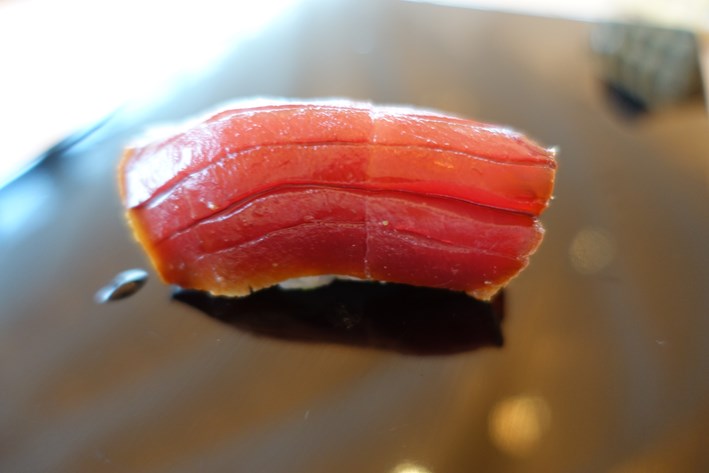

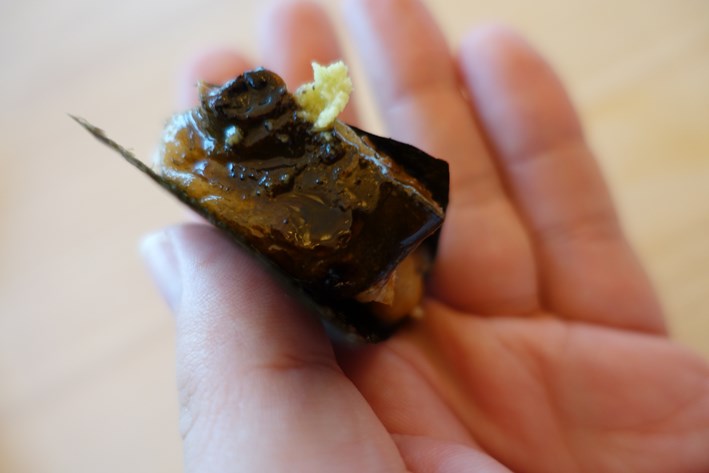
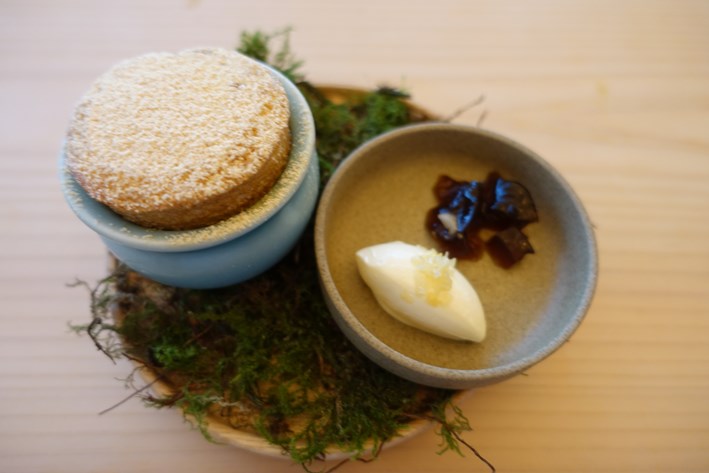



Add a comment
Thank you for submitting your comment, this will be checked and added to the website very soon.
User comments